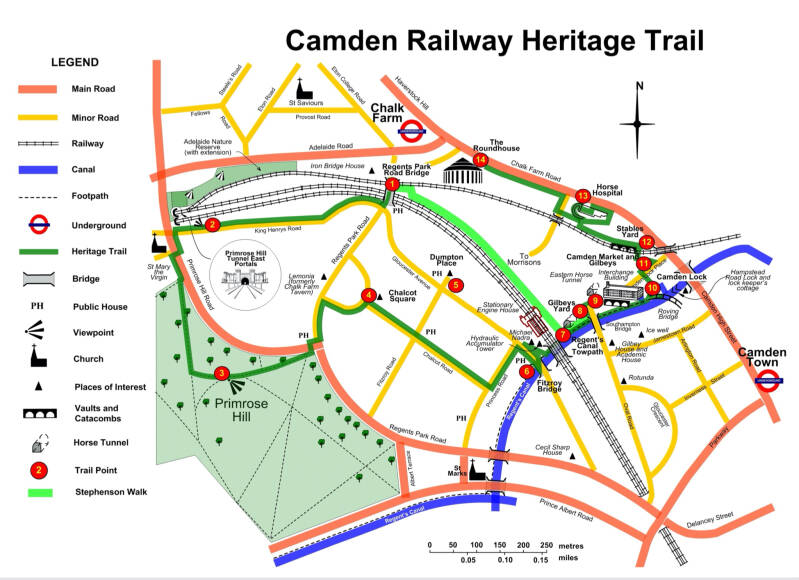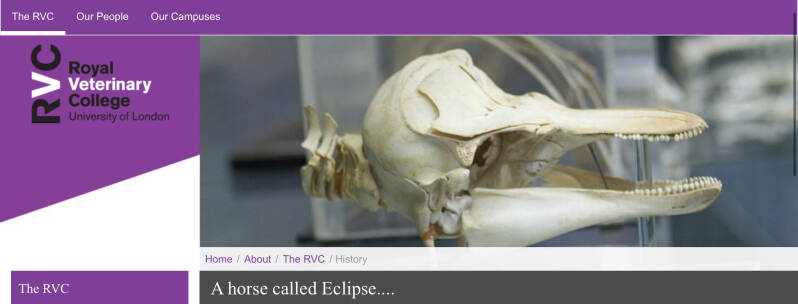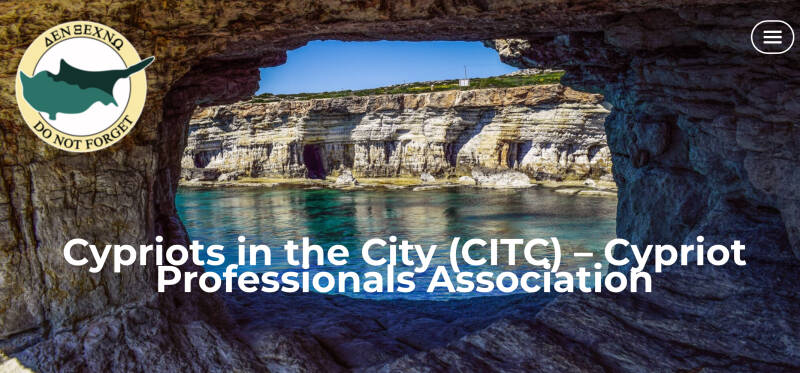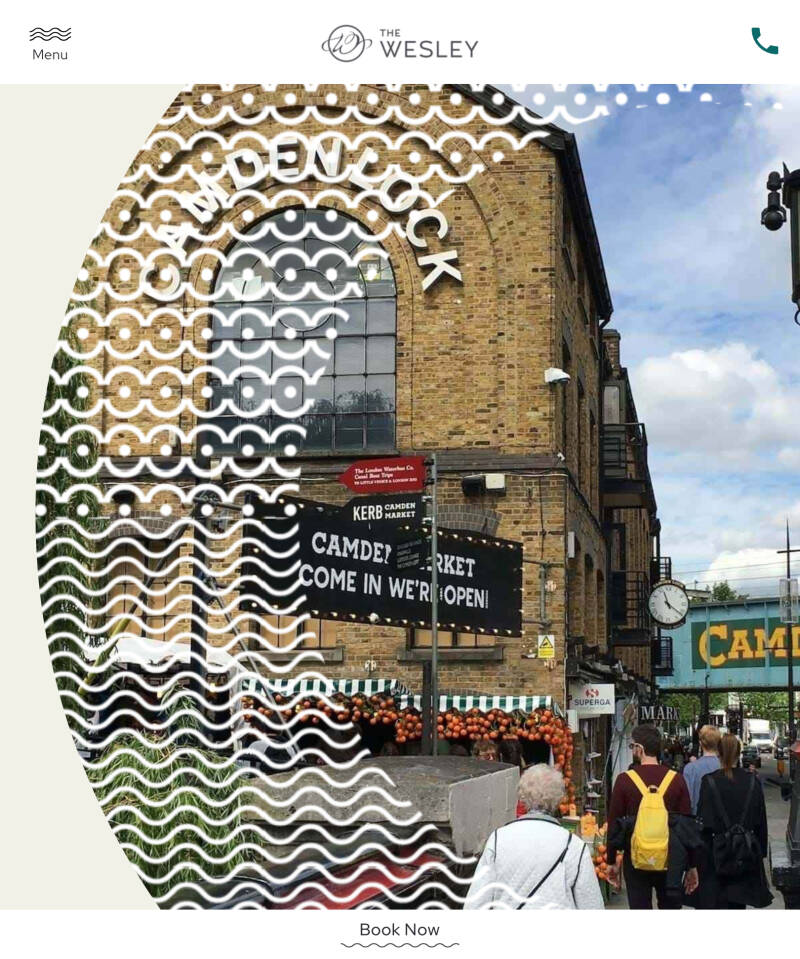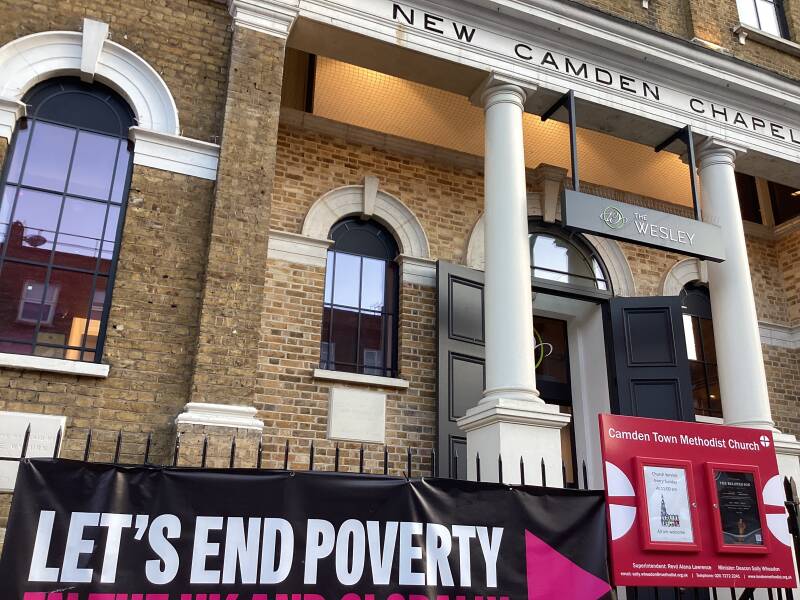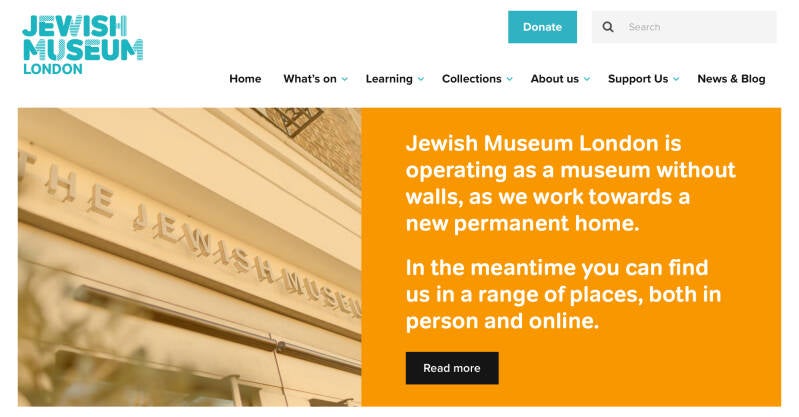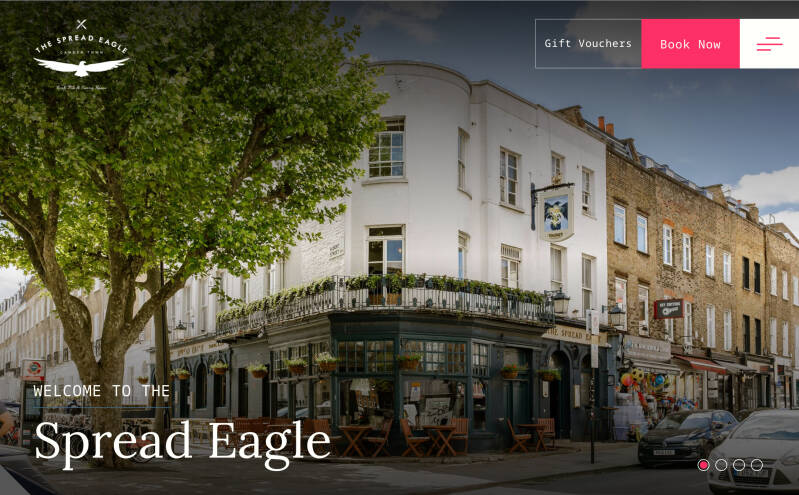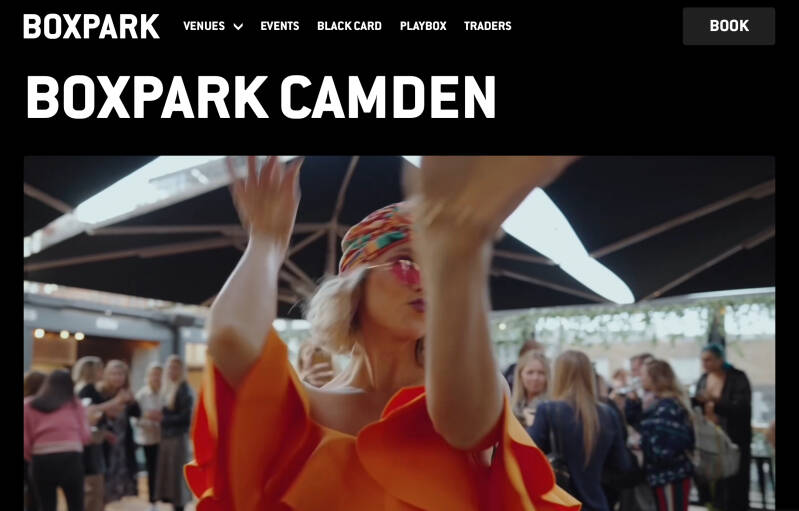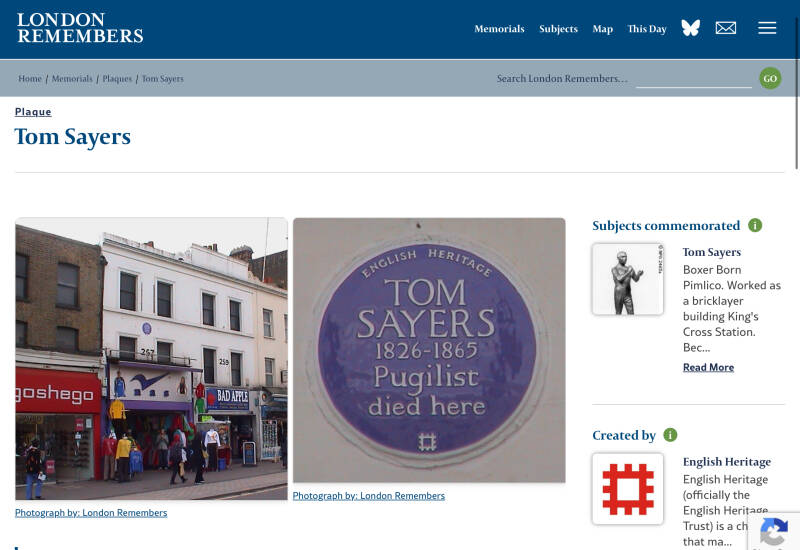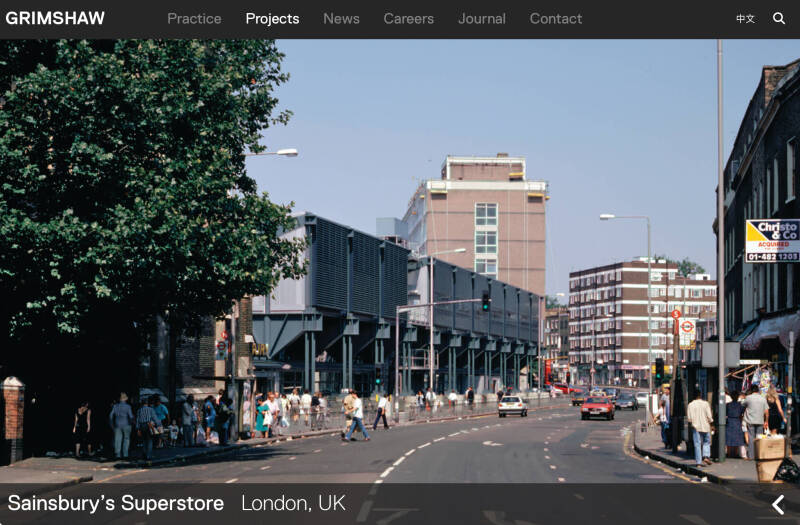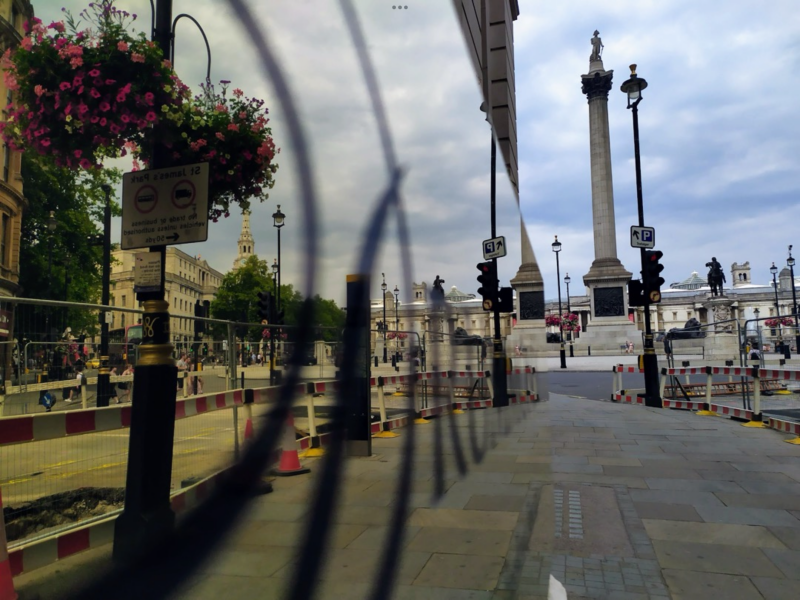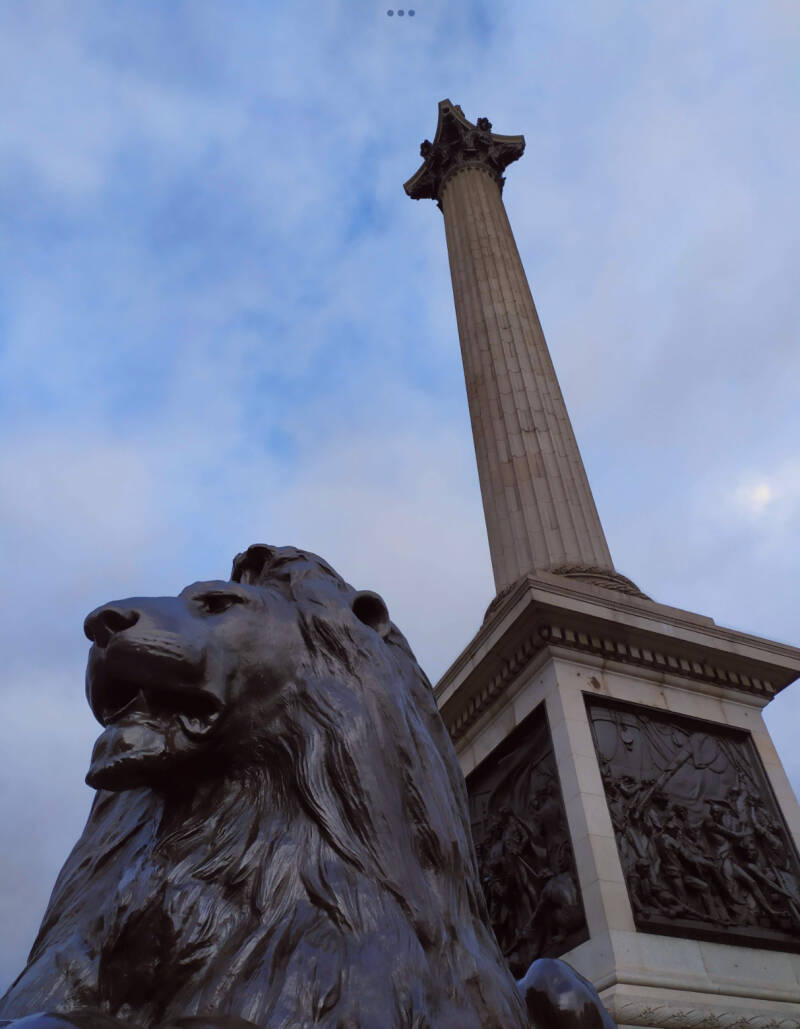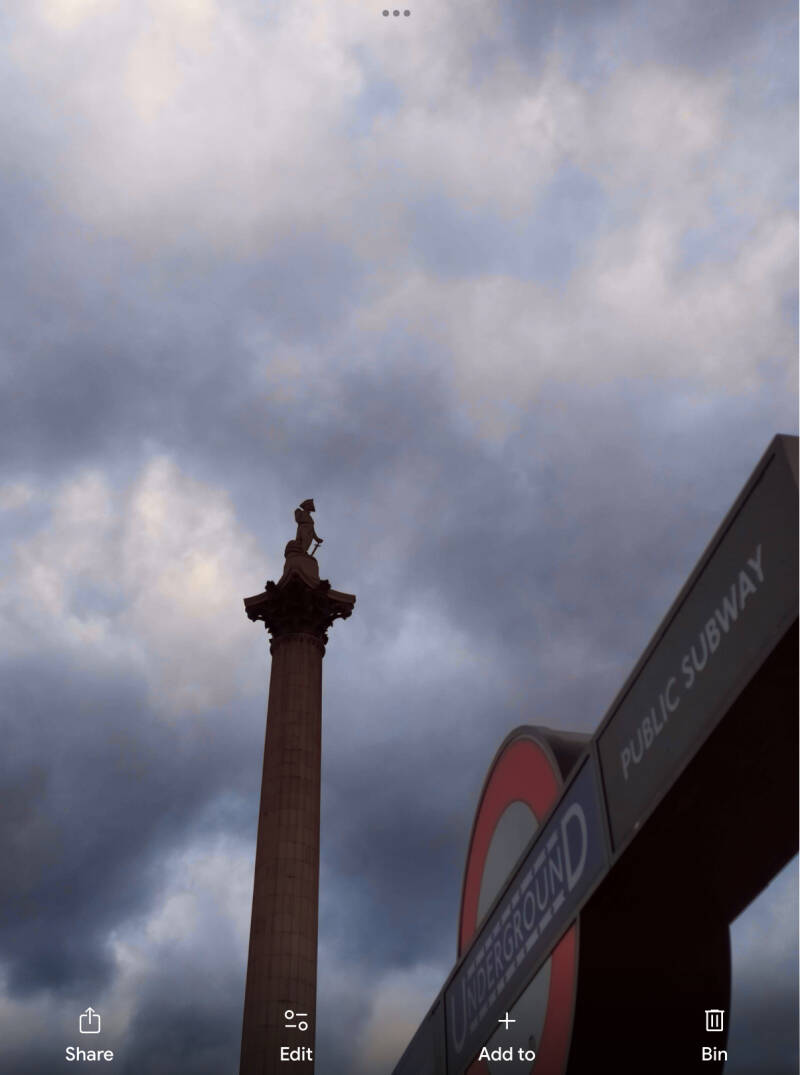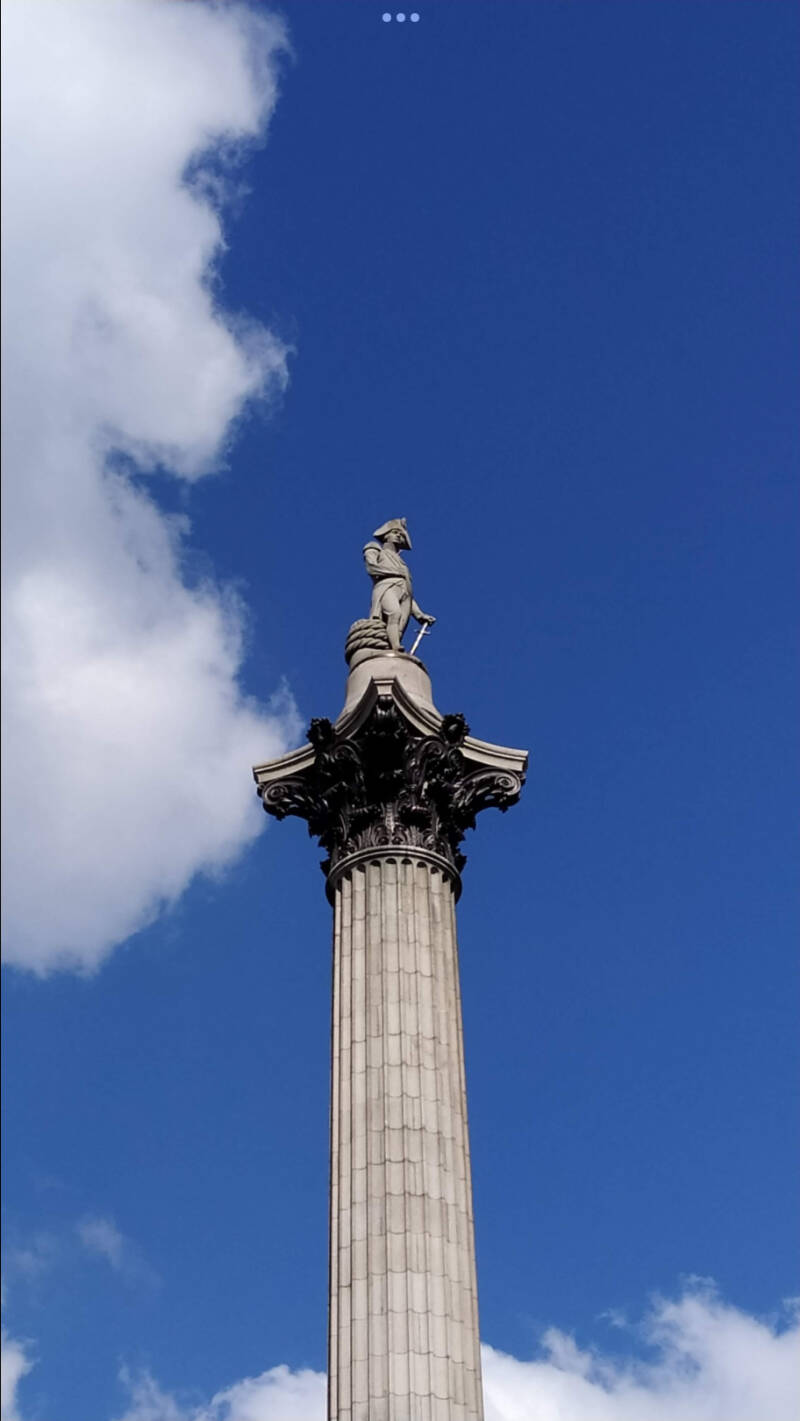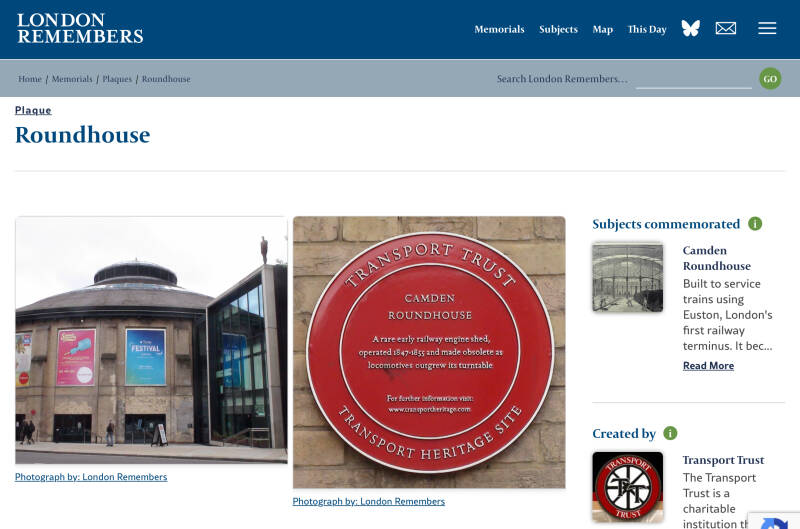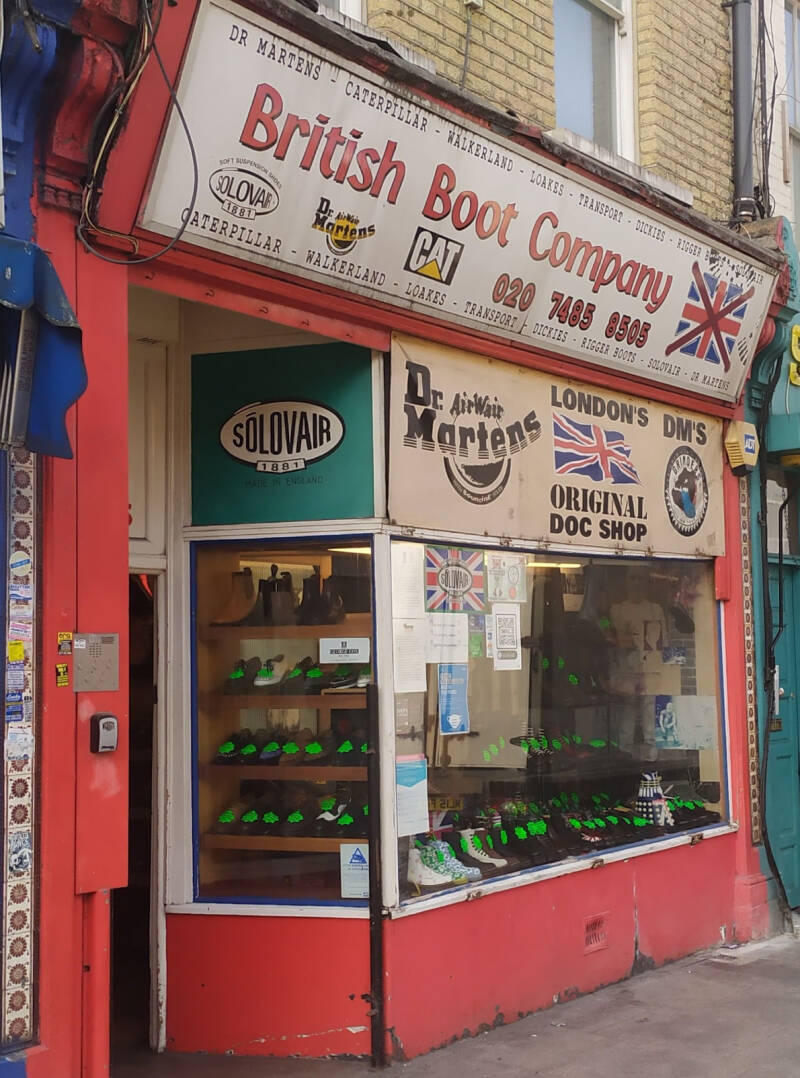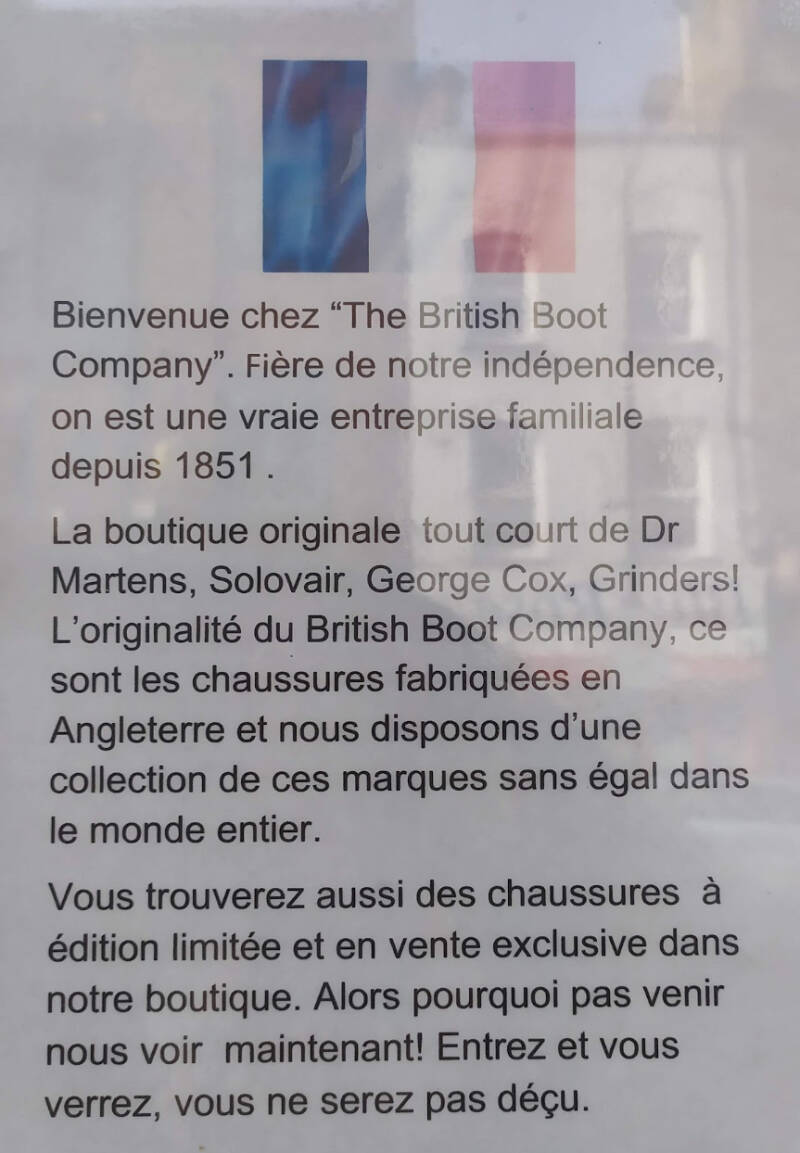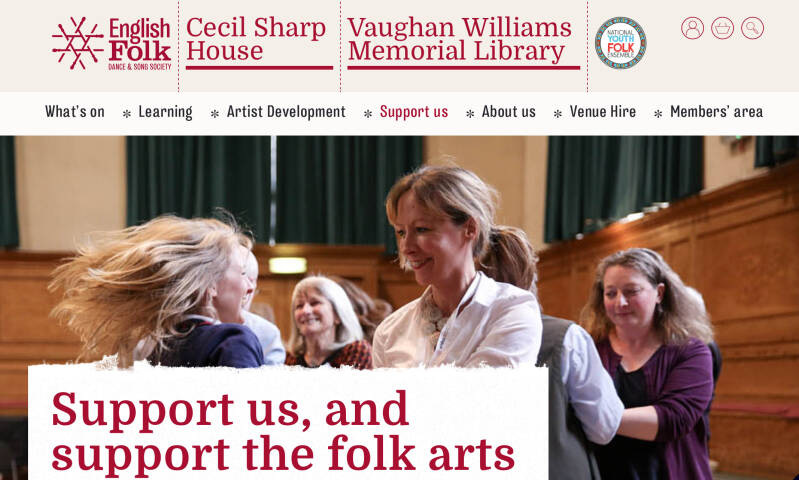CAMDEN TOWN
The London Borough of Camden
In April 1965, the London Borough of Camden replaced the former metropolitan boroughs of Hampstead, Holborn, and St Pancras. It was named after the first Earl Camden, Charles Pratt, who started the development of Camden Town in 1791. CAMDEN TOWN is the area your are about to visit.
Instead, the earliest known settlement was on the high lands of Hampstead Heath and dates back to the Mesolithic age around 7000BC. For many centuries the area remained heavily forested, with fertile land drained by the Fleet, Tyburn and Westbourne rivers, and other streams.
More info about the district
CAMDEN TOWN
At the heart of the borough lies Camden Town. Named after Charles Pratt, the first Earl Camden, who started its development in 1791, Camden Town began life as little more than a handful of buildings beside a main road. Camden Town's expansion as a major centre came with the opening of the Regent's Canal to traffic in 1820
Improvements to transport provided employment for the local population, which, by the end of the 19th century, had grown significantly. Many streets were changed when new housing developments and schemes were introduced in the 1960s. The conversion of Camden Lock's wharves and warehouses on the Regent's Canal to craft markets in the 1970s ensured Camden Town's future as one of London's top tourist attractions.
Goldington Crescent
Course of the River Fleet
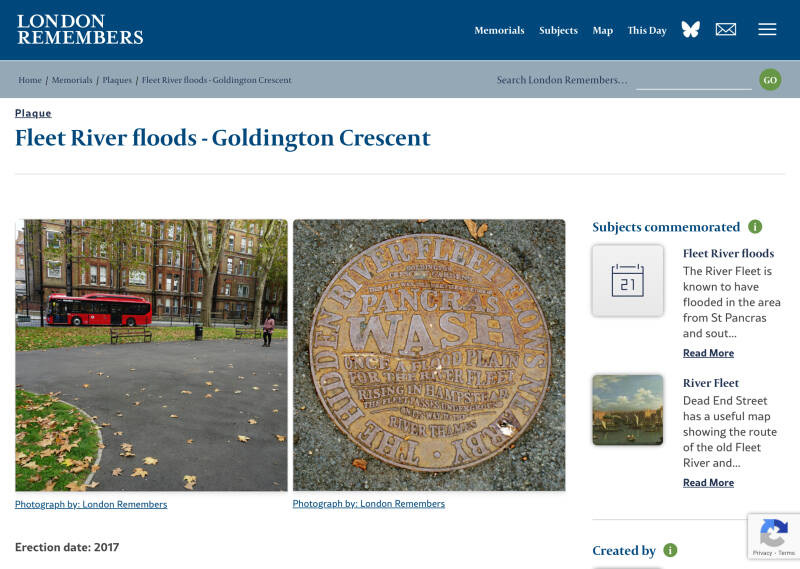
This area was the northern edge of Pancras Wash, once a flood plain for the River Fleet rising in Hampstead. The Fleet passes underground on its way to the River Thames.
GOLDINGTON COURT, social housing
ST.PANCRAS was “the foulest parish” in all London. Here, the worst example, together with PROSPECT TERRACE (East of Grays Inn Road) and FLAXMAN TERRACE.
Normally, the VESTRY, local government until 1900, controlled by the Conservatives, was unwilling to spend money in housing. Its members were powerful. slum landlords. A ROYAL COMMISSION and pressure by the medical officer, DR.SHIRLEY MURPHY were ineffective. He resigned frustrated. The Vestry became a disreputable public body, in league with house-sweaters and rack-renters, according to REYNOLDS NEWS
On its part the LONDON COUNTY COUNCIL (who had built the BOUNDARY ESTATE, a first) pressed the Vestry, under the 1890 Act for Housing the Working Classes, pointing out the local responsibility.
Finally the Vestry began to respond, in 1896, with PROSPECT PLACE and BANTUME PLACE schemes, and HERE, the build of a tenement block would be agreed and it was finally opened by the new ST.PANCRAS METROPOLITAN BOARD. 1904. Grand externally: corner quoins, terracotta, decorative gables, mansard roof, large courtyard, a covered playing place for children… But rent was too expensive for those displaced from slum clearances. In the 30s bath were installed. Renovated in 1964
Now ORIGIN HOUSING, renovated in 2011.

Nearby, on St.Pancras Way
Canalside: New development:
London's largest purpose built life science campus · 600,000 sq ft of state of the art laboratory space at the heart of London's Biotech cluster

Detour to HAMPSTEAD ROAD and CAMDEN HIGH ST
Nearby, on Crowndale Road
Hiroshima - College Place - mural
Sewers
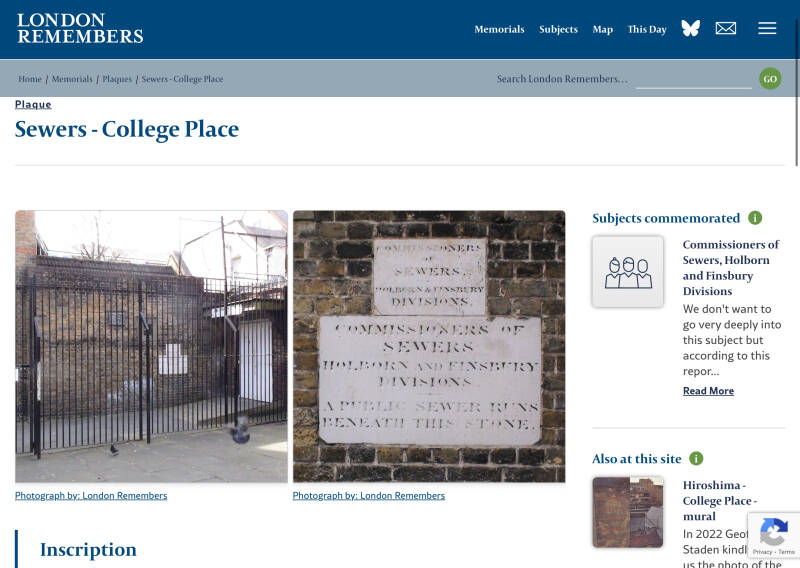
WORKING MEN COLLEGE

Also known as the St Pancras Working Men's College, WMC, The Camden College or WM College), is among the earliest adult education institutions established in the United Kingdom, and Europe's oldest extant centre for adult education. Founded by Christian socialists, at its inception it was at the forefront of liberal education philosophy. Today the college has two centres in the Borough
Former ST.PANCRAS MISSION HALL, now THEATRO TECHNIS

As the church was rather isolated from the community after the railway took over much of the land for marshalling yards in the later Victorian period., this must have been part of the motivation for building this charming mission hall to the north of the church in 1896 to the designs of C.R. Baker King.
The figure of the saint over the door was carved by Harry Hems (1842-1916), an eccentric and excitable sculptor who had made his home in Exeter after winning a commission to work on the Royal Albert Memorial Museum there.
Founded in 1957 by George Eugeniou, Theatro Technis has been an independent company and venue for over six decades. Now, with Kerry Kyriacos Michael MBE joining as its Creative Director, a new era is beginning. Kerry, known for his passion for culturally diverse and disruptive work and leadership of Theatre Royal Stratford East, aims to bring fresh perspectives to the organisation.
Originally THE CAMDEN THEATRE, now KOKO
KOKO, formerly known as the Camden Theatre, Music Machine, and Camden Palace, has a rich history as a prominent London music venue. Originally opening as a theatre in 1900, it later became a cinema and then a BBC studio before transforming into a music venue in the 1970s. It's known for hosting iconic acts like The Clash and The Sex Pistols, and for its grand Edwardian architecture, including a domed ceiling and balconies
RICHARD COBDEN’s STATUE

The Corn Laws – taxes on imported grain – had been established in 1815 to keep prices high for cereal producers in Great Britain. But when food supplies were short, these prices were too high for the poor, particularly the urban poor, to afford. The laws were supported by Conservative landowners but opposed by Whig industrialists. Cobden founded the national ‘Anti-Corn Law League’ which he argued would lead to better prices for all and international fellowship. The League was successful and the Corn Laws were repealed in 1846 with the support of Sir Robert Peel. Cobden’s creation of a remarkably powerful and well-funded national lobbying group became a model for later reform groups.
PRISONERS OF WAR of the FAR EAST MEMORIAL
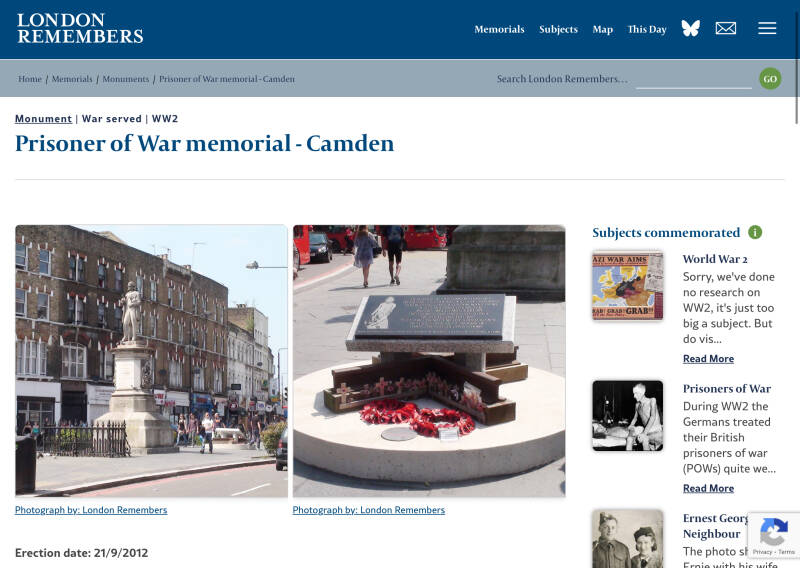
HARRINGTON SQ. BLITZ MEMORIAL
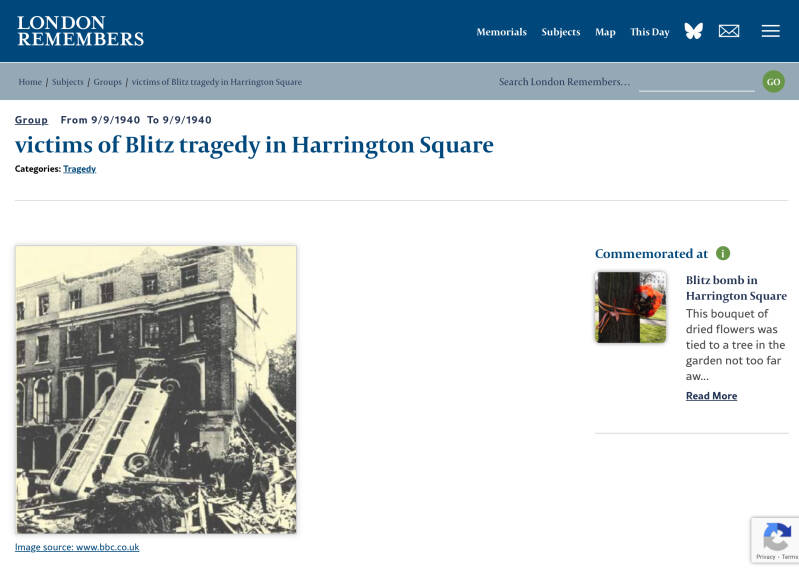
Dedicated on September 9th 2010 on the 70th anniversary of the London Blitz. In loving memory of our father Pinkus Nirenstein, brother Phillip and sister Freda, her fiancé Morris Wolkind and the seven other people who lost their lives when a bomb destroyed 35 Harrington Square on September 9th 1940.
On behalf of Sophie, wife to Pinkus, and the siblings that survived: Phyllis Hillel, David Niren, Lily Mitchell, their children and grandchildren.
The house that was hit was no 35 Harrington Square - the street behind the bench, the whole northern end of which has had the Victorian terrace replaced with a post-war block of flats. We thank Jamie Davis for finding this link to the British Pathe news film of the aftermath, which starts at about 1 minute in.
WALTER SICKERT lived here

Former CARRERAS TOBACCO FACTORY, now offices
A bold example of Egyptian Revival architecture, the Carreras Cigarette Factory remains one of London's most distinctive buildings . Completed in 1928, this five-story Art Deco landmark was designed by architects M.E. and O.H. to house Carreras's booming tobacco business.
East End links: BERNHARD BARON (HENRIQUES ST). And a JACK THE RIPPER location

DICKENS!: site of WELLI GTON HOUSE ACADEMY (247 HAMPSTEAD ROAD)
“The school’s headmaster, William Jones, was known to be strict and sadistic, as is consistent with the roles of most teachers in classical and commercial academies. William Jones is speculated to have been the primary influence of the character Mr.Creakle in Charles Dickens’ David Copperfield. While Dickens regarded his experience at the school as difficult, even implying that he felt uncared for while attending, he also formed many relationships that would inspire many of Dickens’ renowned works. The school neighbored a railroad, and over time, the building was vacated and began to deteriorate. During WWII, the building was turned over to the British Railways who eventually chose to tear down the school due to its condition being unsuitable for practical uses.
The site can be visited today at the junction of Hampstead Road and Granby Terrace.”

Regular route: Royal College St.
ROYAL VETERINARY COLLEGE
In the racing seasons of 1769 and 1770 a horse called Eclipse dominated English horse-racing. Eclipse was retired from racing in 1770 unbeaten and stood at stud (the practice where a male animal, typically a stallion or bull, is made available for breeding with outside females at a stud farm) until he died in 1789, at the age of 25.
Veterinary expertise was needed to understand the cause of Eclipse’s death and the secret of his racing success. The only qualified vet in the country at the time was Frenchman Charles Benoit Vial de St Bel, who was gaining support for his plan to establish a vet school. St Bel had the support of the Odiham Agricultural Society, whose members recognised the need for a better understanding of animal husbandry and disease. A London committee was set up to establish a vet school, whose members included Granville Penn, grandson of William Penn.
The first Veterinary College in the UK was f. HERE in 1792. The original quadrangle is still standing, although the institution has been largely rebuilt (1937). Now, a constituent college of the UofL since 1949.
GRANVILLE PENN, grandson of WILLIAM (PENNSILVANIA!) founded a first group, following the first college in Europe, Lyon, 1762.
The new institute wanted to select a site close to London, but far enough to it to minimise the temptations of the students. The EARL,OF CAMDEN, who was making arrangements for the development of the area, offered to sell the site.
CHARLES BENOIT VIAL DE ST.BEL, from the LYON college was appointed principal. 4 students started in 1792 The first horse was admitted for treatment the following year.. EDWARD COLEMAN succeeded the deceased Frenchman in 1794. The institution was mainly concerned with horses in the first years, the range of animals increasing gradually
BEAUMONT ANIMALS HOSPITAL
LONDON BIOSCIENCE INNOVATION CENTRE
Building op. 1925. Found. stone, 1924,by DUKE/CONNAUGH. Startups hub, created in 2000. A cluster of commercial life sciences initiatives, housed in part of the RVC.

VERLAINE and RIMBAUD lived here
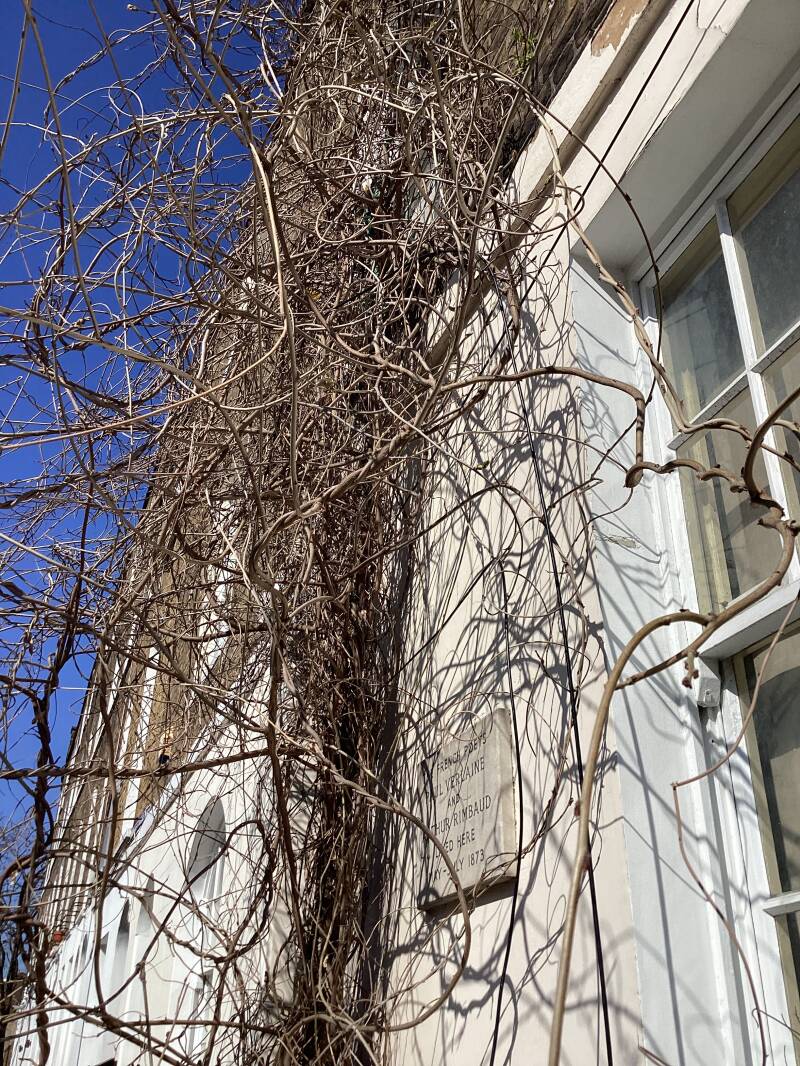
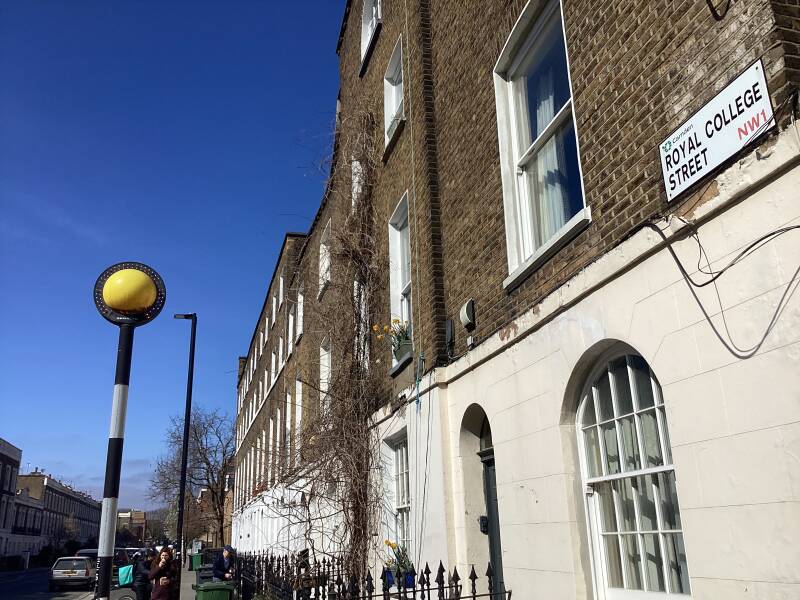
Verlaine and Rimbaud moved to London in September 1872 to escape a scandal in Paris caused by their tempestuous and illicit relationship; Verlaine was married with a child, and their affair shocked Parisian society. In London, they lived in various addresses, including Howland Street and later Camden Town, where they joined a community of political refugees and dissidents, including Communards and anarchists, and mingled with figures like Karl Marx. They found London stimulating and inspiring—Rimbaud admired the industrial energy, the docks, and the city’s vastness, while Verlaine was captivated by its railways and lively streets; both poets enjoyed exploring the city and its surroundings, such as Hampstead Heath and the British Museum. During their stay, they produced some of their most important works, including parts of Illuminations and A Season in Hell.
Right: former FURNITURE DEPOSITORY, now CENTRO. What about the house to the LEFT ?

Mandela St. Mews?
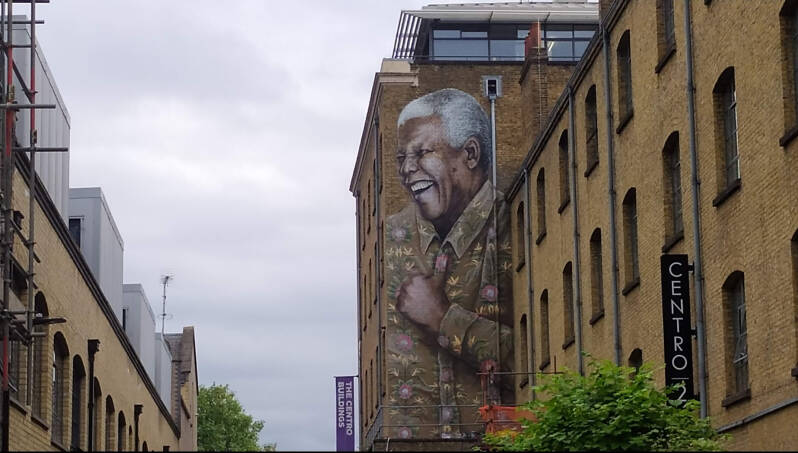
Site of BRITISH ANTI-APARTHEID MOVEMENT HQ
On the 20th anniversary of Mandela’s arrest on August 5, 1982 the United Nations Special Committee on apartheid called for an expansion of the campaign. On the heels of this call, came an initiative by the Greater London Council to rename Selous Street, home to the offices of the British Anti-Apartheid Movement in London, Mandela Street. There were some objections, though . Frederick Selous (1851-1917), a big game hunter and friend of Cecil Rhodes.
Former Anglican, now ALL SAINTS, GREEK ORTHODOX Cathedral
Originally opened as the Camden Chapel in 1824 as part of the Camden family’s development of the area.The architects were William Inwood and his son, Henry, who had recently completed the nearby St. Pancras New Church. In both cases, they drew on Classical Greek architecture for their inspiration. In the case of All Saints, the inspiration for the tower had been Lysicrates' monument in Plaka in Athens (known from the 17th century as Diogenes' Lantern). It would later become dedicated to St. Stephen, then becoming All Saints, a dedication which the Greek community preserved when taking over the church. A group of Greek-Cypriots for the creation of a second Greek Orthodox church in London to meet the needs of the Orthodox Community under the pastoral care of METROPOLITAN GERMANOS, and which had grown rapidly following the influx of immigrants after the Second World War.
Former ST.GEORGE’S Churchyard, now gardens

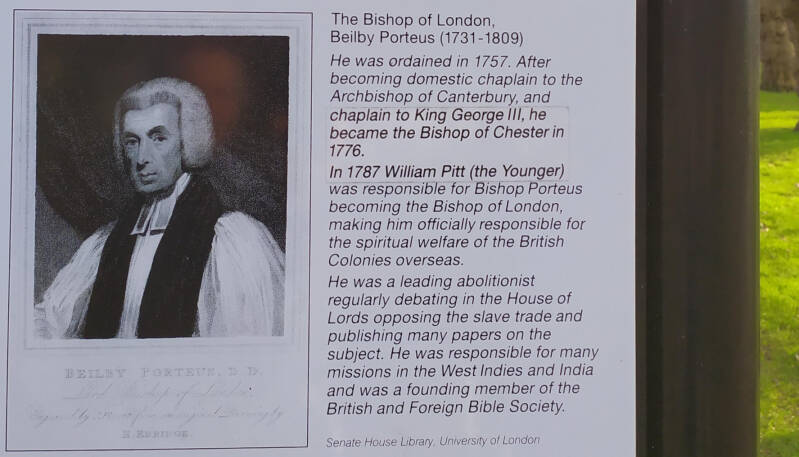
In 1801 the site of St Martin's Gardens was farmland and fields called Upper Meadow and Upper Brook Meadow.
In 1802 an Act of Parliament was passed to turn the 4 acre site into a burial ground.
The area was handed over to St Martin's in the Fields (Trafalgar Sq) for the burial of its parishioners. The Act included the building of a chapel and buildings for the clergy for the purposes of "to officiate in burying the dead". The Act stated that the cemetery must be enclosed by a "substantial brick wall". It's believed that the north wall is the original. On 12th September 1805 the site was consecrated by the Bishop of London. The stone plaque near the centre of the north wall is assumed to be the consecration stone. Unveiled by LADY ROSEBERY (Archibald Primrose, later 5th Lord Rosebery, reputedly had three aims in life: to marry an heiress, to win the Derby and to become Prime Minister. Archibald managed to achieve all three).
ST.MARTIN-IN-THE-FIELDS ALMSHOUSES
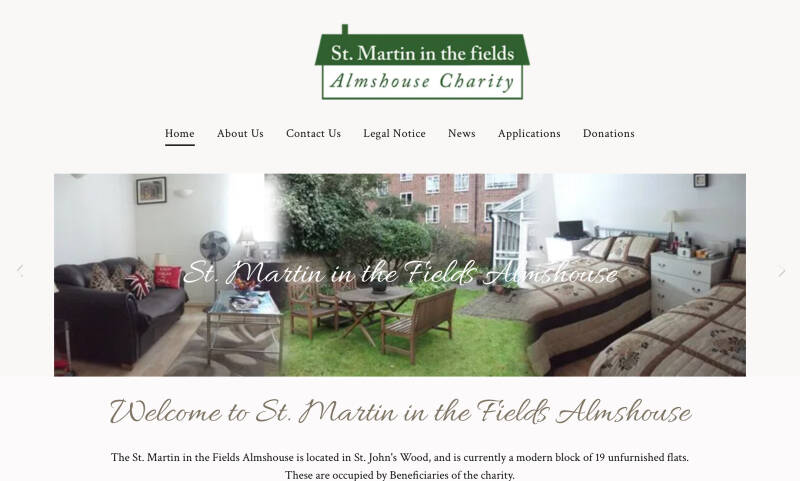
In 1817 an Act of Parliament was passed so that the trustees of the cemetery could give up some land to build Almshouses. This was complete in October 1818.
In 1854 an Act of Parliament was passed to grant leases on unused portions of the burial ground for building development. This included the demolition of the chapel and clergy buildings on the site.
In 1855 excavations began. Newspaper accounts at the time told of a public outcry as bodies were exhumed. Thousands of people turned up including a lot of Police. At one point a part of the hoarding was pulled down and the "navvies" were pelted with stones. The stench was said to be "abominable".
The Under Secretary of State visited the site and immediately applied for an injunction to stop the dig. One Churchwarden was summoned to Clerkenwell Police Magistrates to explain. A meeting took place at St Pancras Vestry where other churchwardens denied any truth in the reports and that any bones found would be old dry bones.
It is thought that the large mound in the centre of the gardens, being much larger than the original mound, is the site of a large pit containing these bodies.
In 1879 some additional rooms, an infirmary and a chapel were built, specifically for the residents of the Almshouses.
In 1883 the enlargement of the Almshouses, dating back to the purchase of the land in March 1843, was completed by Architect William McIntosh Brookes of Adam St.

More to the North
BOO ARMSTRONG worked here
From an obituary in Essence: "At the age of 19 years old she was the youngest Chair of the London Lesbian and Gay group and personally helped run the switchboard. She eventually became a founding member of the trail-blazing Camden Town Medical Centre for Women’s Health – an award-winning integrated health project. She raised more than £1m for charities and was a member of the National Clinical Audit Advisory Group – brokering contracts for complementary and alternative medicine to Primary Care Trusts and Social Services. She held an additional role as a Women's Parliamentary Radio board member and won several awards. In 2004 she was a finalist in the Young Social Entrepreneur of the Year."
And from Just Giving: "Boo was a brilliant campaigner: she fought passionately for animals (she was vegan all her adult life), gay people (she was the youngest ever Chair of Lesbian and Gay Switchboard when she was 19), women (she was director of Women and Health for ten years), the environment (she helped her sister Franny, our mum, make widely-seen films about climate change, McDonald's, animal rights and big dams) and healthcare (her last big project was to found Get Well UK, which aimed to make complementary therapies available free to everyone, regardless of whether they are rich or poor)."
RUTH FIRST and JOE SLOVO lived here
Ruth First, 1925 - 1982, Married Slovo in 1949; the writer Gillian Slovo is their daughter. Killed by a parcel bomb addressed to her in Mozambique where she was living in exile.
Joe Slovo, 1926 - 1995, South African freedom fighters, lived here, 1966 - 1978. Born Lithuania. His family emigrated to South Africa when he was 8. Died at home in Johannesburg, as a member of Nelson Mandela's government.


Cypriot community. Greek restaurants
Portuguese Community

STOCKWELL’ s LITTLE PORTUGAL https://medium.com/@anavrosario13/walking-through-portugal-in-the-middle-of-south-london-8043dbe3135f
Plender St.
THE WESLEY HOTEL. NEW CAMDEN CHAPEL
A unique collaboration mixed-use project with The Wesley working closely with its owner The Methodist Church and Manalo & White Architects to create a new worship space for the church on the lower ground floor of the building with hotel rooms on the floors above. The church space will also be widely available for community groups to use. The Wesley Camden Town offers 38 bedrooms with modern contemporary design by HL interior design architects reflecting the vibrancy of the Camden area.
CAMDEN HIGH ST
Shops and eateries
Miller St

THREE FIELDS ESTATE


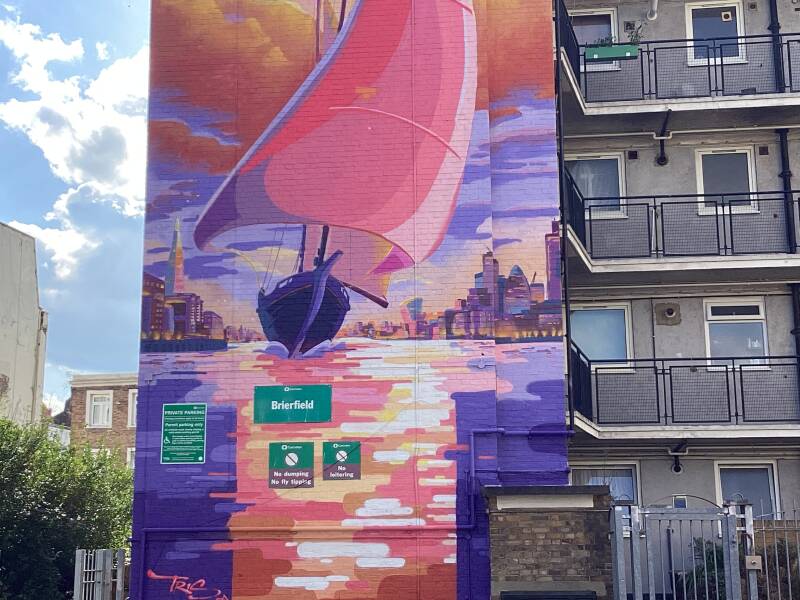

Arlington Road
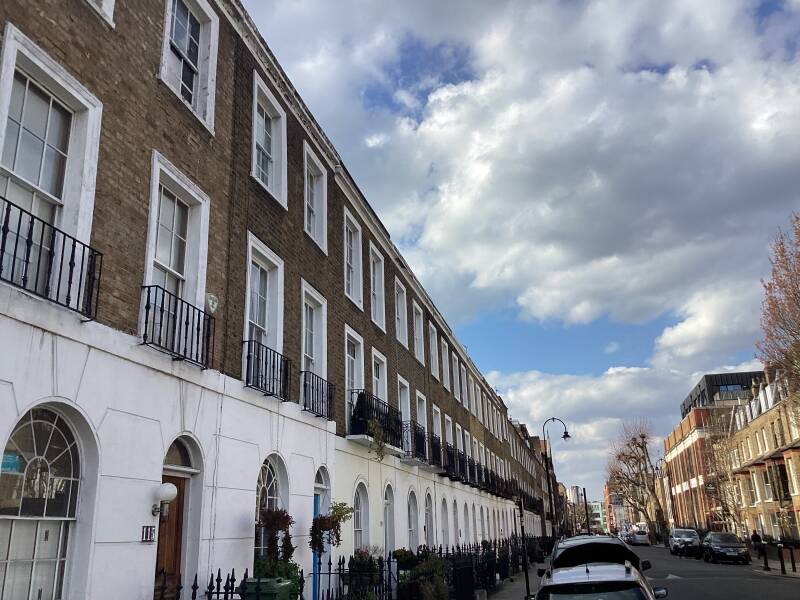
Former transformer depot for the LCC tramway network. Now, SERENDIPITY HOUSE, offices

It is home to Serendipity Studios, hub for various creative businesses and initiatives, involving music, podcasts, and content creation. Additionally, Sacred Space, a real estate agency, and Allegra Group, a company focused on intelligence, data, and events, are also based there. The building is also associated with environmental initiatives like the Camden Clean Air Initiative
In ISLINGTON https://www.geograph.org.uk/photo/6218005
Surviving businesses: Traditional coffee roaster and Caribbean restaurant
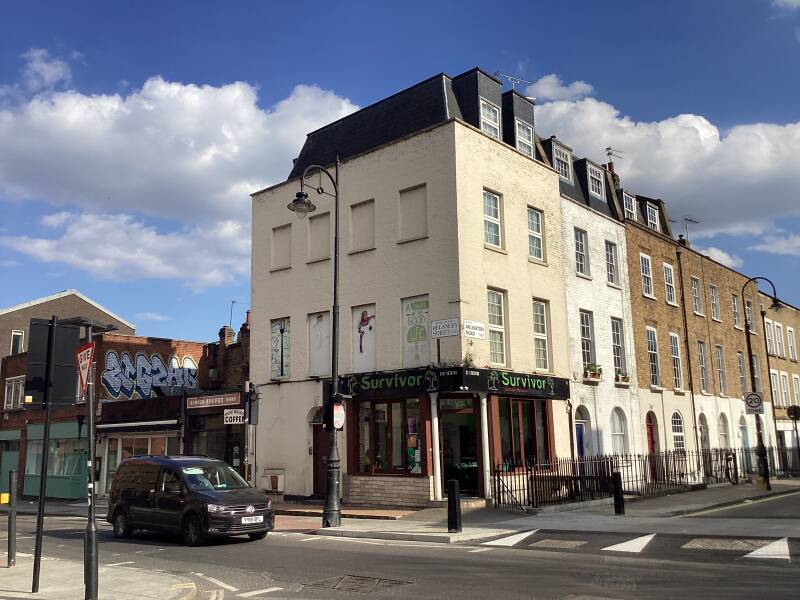
Not surviving: the pub (?) and the borough (ST.PANCRAS)

Former Belgian monastic community of OUR LADY OF HAL (HALLE, near Brussels)
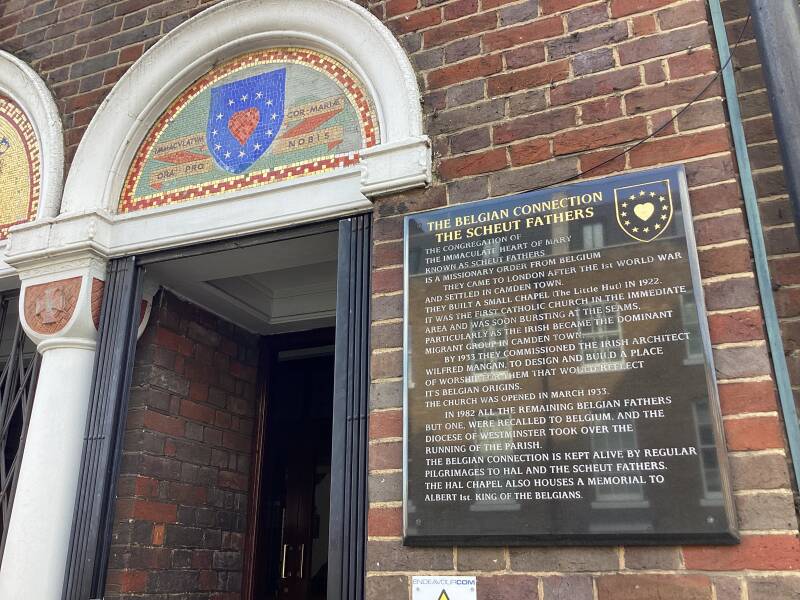
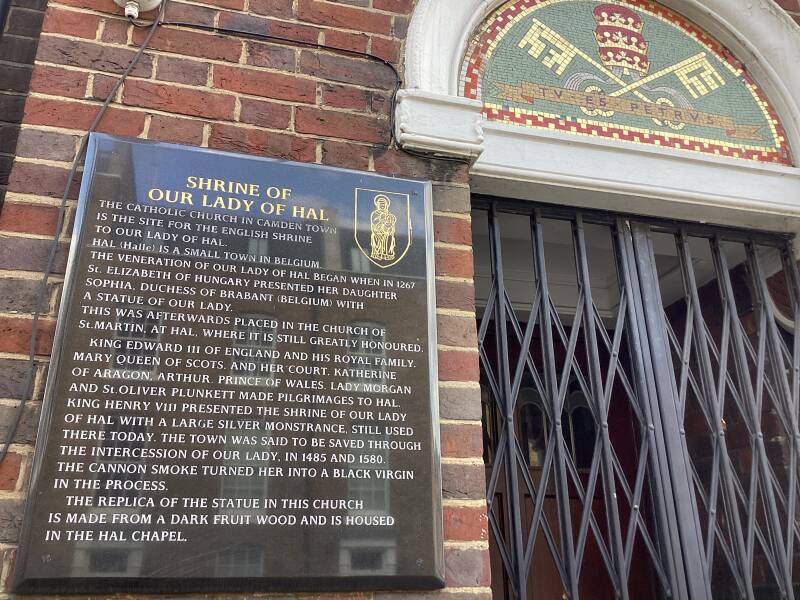
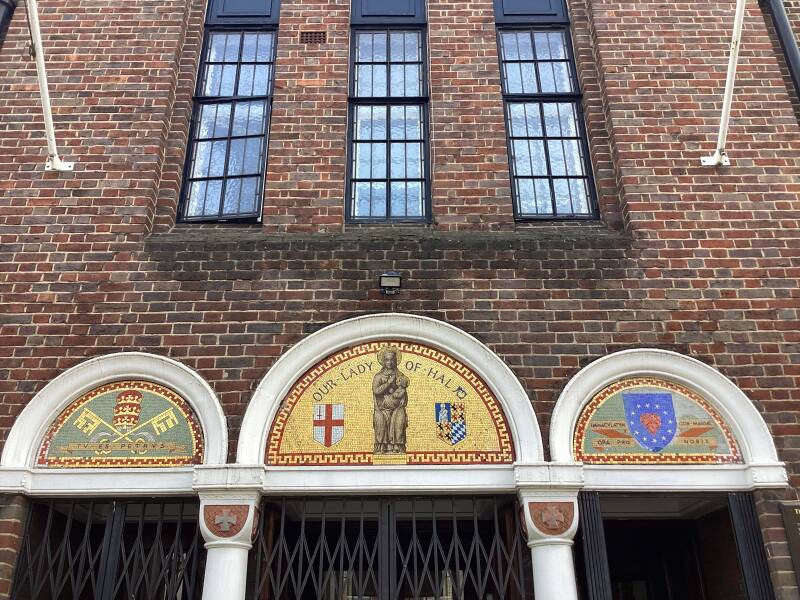
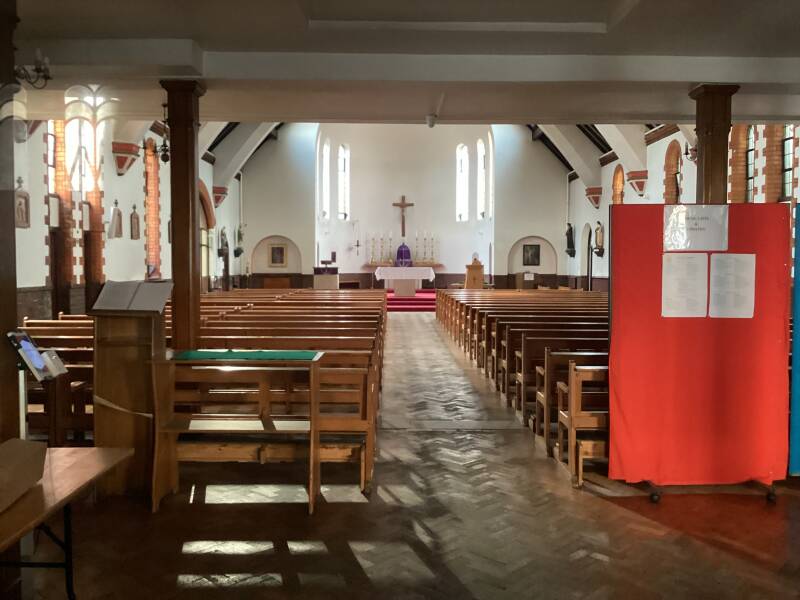
1919. After the 1st World War Belgium, the cockpit of Europe, lay devastated. The Belgium’s are one of the great missionary peoples of Catholicism (remember Fr Damien of Molakai) and the Missionary Fathers of Scheut, also known as the Congregation of the Immaculate Heart of Mary, were determined to establish a base from which they could direct their missionary efforts and be safe from the disruption of invasion. Their eyes turned towards their wartime ally – Britain. Many Belgian refugees were already resident in London and a church here would serve the double purpose of being a refuge for the Belgian community of London and a base for missionary activities.
They explored London and eventually settled on a site in Camden Town. They were impressed by the cheapness of the property market here!!! They built a small chapel (the Little Hut) on the opposite side of the road from the present church and threw open their doors to the local Catholic community in early 1922. It was the first Catholic church in the immediate area and was soon bursting at the seams, particularly as the Irish became the dominant migrant group in Camden town.
By 1933 the Belgian Fathers felt a permanent Church was justifiable and they commissioned the Irish architect, Wilfred Mangan, to design and build a place of worship for them that would reflect its Belgian origins. The Fathers did not forget where they came from. A copy of the original, miraculous statue that still stands as protectress of the people of Hal was placed in a chapel in the south side of the church and the result is the Our Lady of Hal that we know today.

Nearby
Albert St.
THE JEWISH MUSEUM
Camden High St.
Market

Former ROWNTON HOUSE, now ARLINGTON
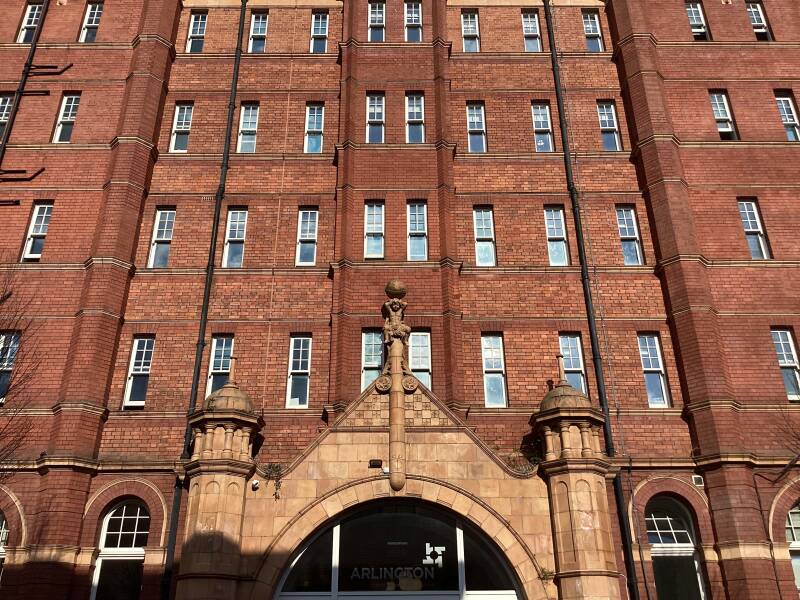
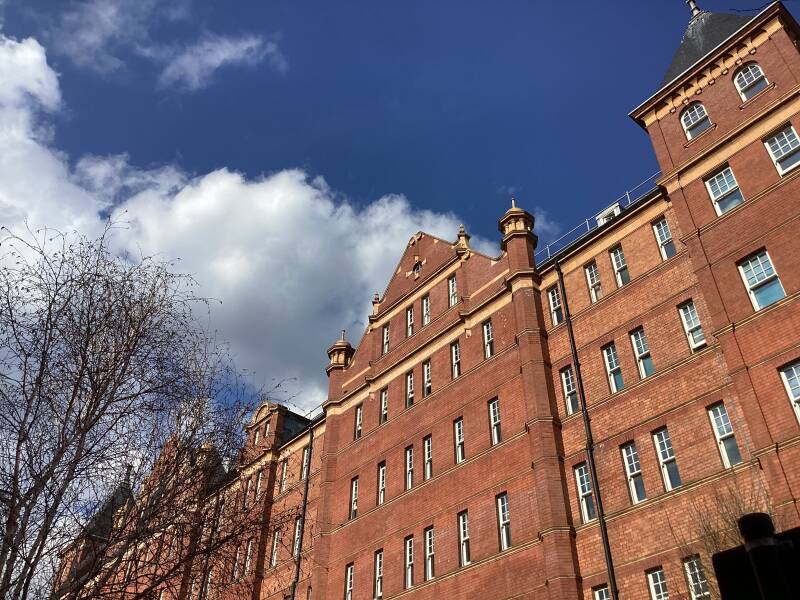

WIKIPEDIA: “Rowton Houses was a chain of hostels built in London, England, by the Victorian philanthropist Lord Rowton to provide decent accommodation for working men in place of the squalid lodging houses of the time.
George Orwell, in his 1933 book Down and Out in Paris and London, wrote about lodging houses:
The best are the Rowton Houses, where the charge is a shilling, for which you get a cubicle to yourself, and the use of excellent bathrooms. You can also pay half a crown for a 'special', which is practically hotel accommodation. The Rowton Houses are splendid buildings, and the only objection to them is the strict discipline, with rules against cooking, card playing, etc.[1]

Nearby, the markets!. From gin to crafts, from crafts to worthless souvenirs…
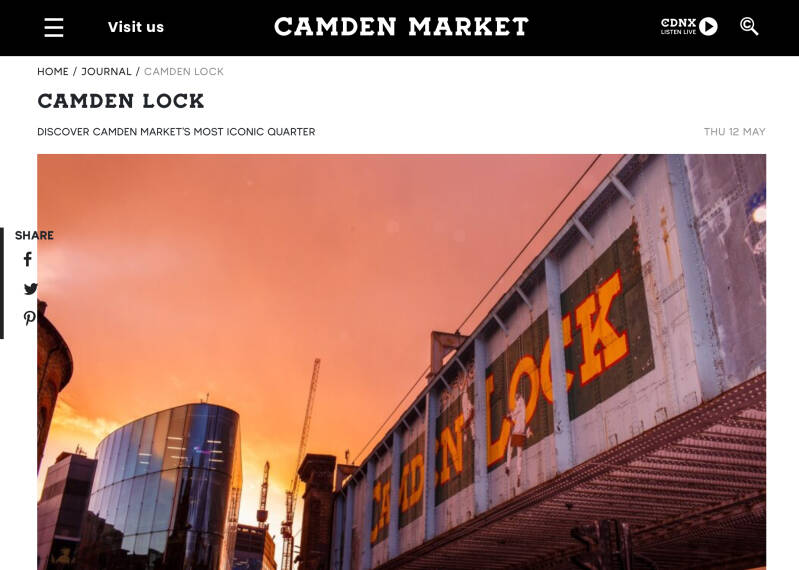
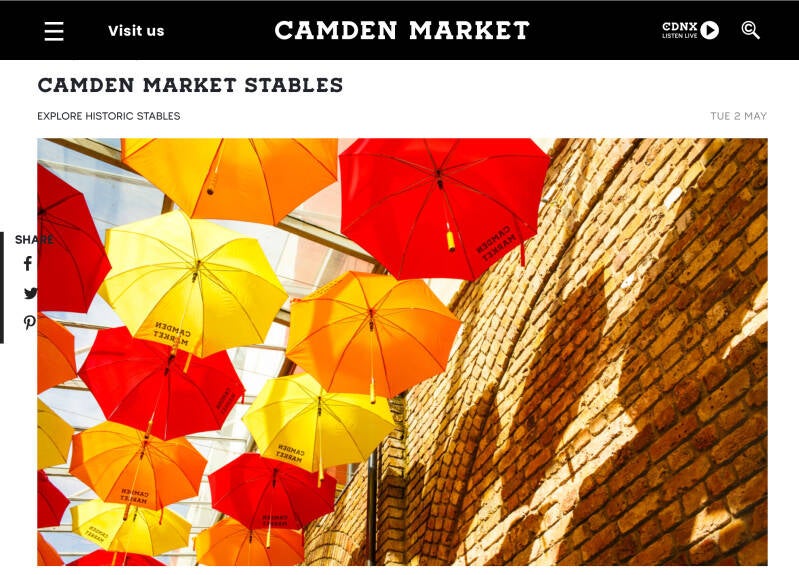

The trading history of Camden can be traced back to the early 70s, and more specifically, to the 30th March 1974 when a brand new Saturday market was opened in Camden Town. The newly-born market housed a total of 16 traders, selling antiques, jewellery and arts and craft
And back to GIN…
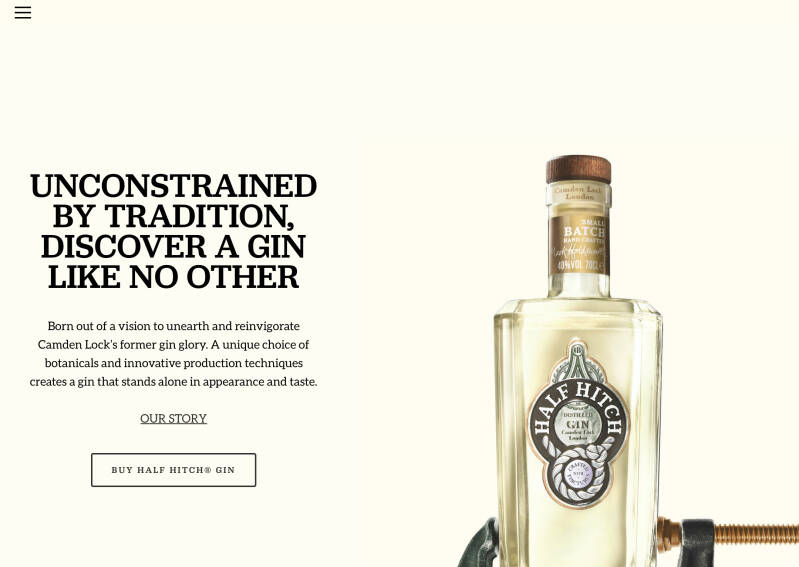
CAMDEN CATACOMBS
The Camden Catacombs are a system of underground passages in Camden Town in north London underneath part of the Camden markets, constructed in the 19th century, and as of 2012 owned by Network Rail. They are not true catacombs as they were never used as repositories for dead bodies, instead being an underground area originally used as stables for horses and pit ponies working on the railways.
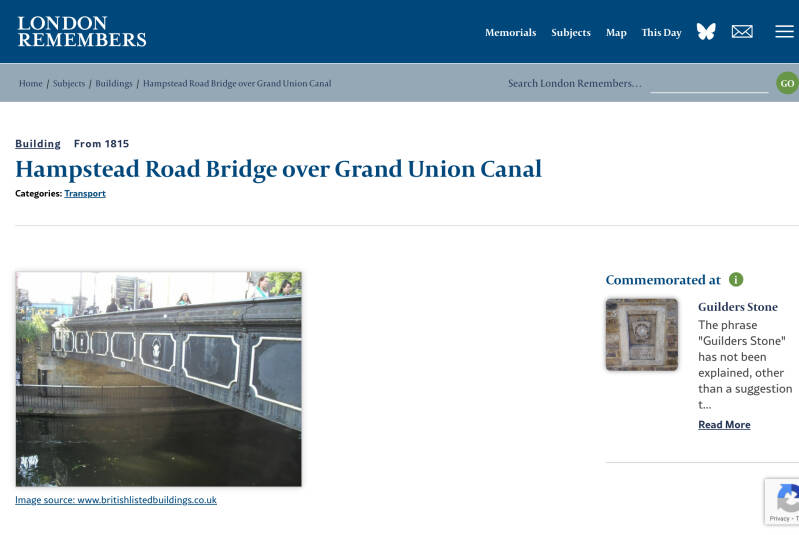
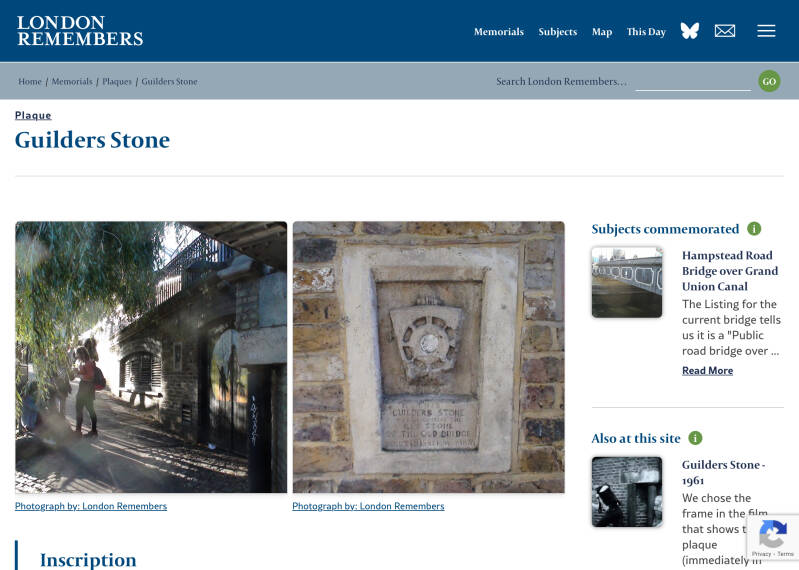
TEDDY SAGI, owner

In March 2014, Sagi bought Camden Market Holdings, which includes Stables Market and Camden Lock Village, for £400 million. In October, he paid a further £70-90 million to buy the adjacent Camden Lock and Buck Street. Sagi thus owns the most important four of the six sections of the market, which is the second biggest tourist attraction in London after Buckingham Palace with an estimated 40 million visitors each year.
Sagi plans investing over £300 million in developing the market by the start of 2018.
Beside the touristic/shopping aspect MARKET TECH creates studio space for creative start-ups and entrepreneurs. Over 1.000 people work in the area , helping to reinvigorate the whole district, creating the right environment-leisure, living, working, retail
ATRIUM, TRIANGLE, UTOPIA. Dubbed INTERCHANGE, now?LABS
Teddy SAGI achieved his fortune in online banking and pornography. Since 2014 he started buying property in the CAMDEN MARKETS area, through MARKET TECH, combining real estate with e-commerce.

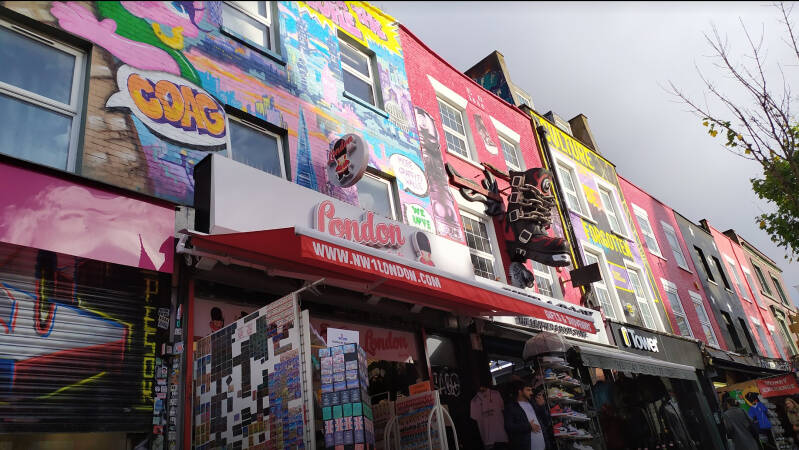

SUPERMARKET and GRAND UNION WALK HOUSING by NICHOLAS GRIMSHAW
An architecturally notable building in Camden Road, north London, part of the J Sainsbury chain. It was designed by Nicholas Grimshaw & Partners and was completed in 1988, on the site of the former Aerated Bread Company Camden Town bakery. In 2019 it became the first purpose built supermarket to be Grade II listed for its futuristic architecture.
TV AM by architect SIR TERRY FARRELL
Breakfast Television Centre is the former headquarters of TV-am in Camden Town, London, which is now the European headquarters of Paramount. It was converted from a former car showroom in 1981 to a design by Sir Terry Farrell, and came to be known as Eggcup Housebecause of plastic eggcups on the roof. It has since been extensively renovated. As a Paramount subsidiary, UK broadcaster Channel 5 has its headquarters in the building.
Camden Town Brewery

Former THE TRAFALGAR pub, now TAPPING THE ADMIRAL P.H
After Horatio Nelson's death at the battle of Trafalgar, in 1805, his body was stored in a barrel of brandy to preserve it during the long journey home. Legend has it that while en route to Gibraltar the crew of the HMS Victory tapped the barrel and would draw brandy through macaroni straws, to toast the Admiral. This is the origin of the term 'tapping the Admiral'.
Tapping the Admiral rests on the site of the old Castle Tavern, where Nelson's maternal uncle, William Suckling, used to frequent regularly, and would often bring the young Horatio.
The Castle tavern was eventually pulled down in the 1850's, to make way for development in the area of castle road and Lewis street. This was when the current site was erected, originally named 'the Trafalgar'.
Further to the N
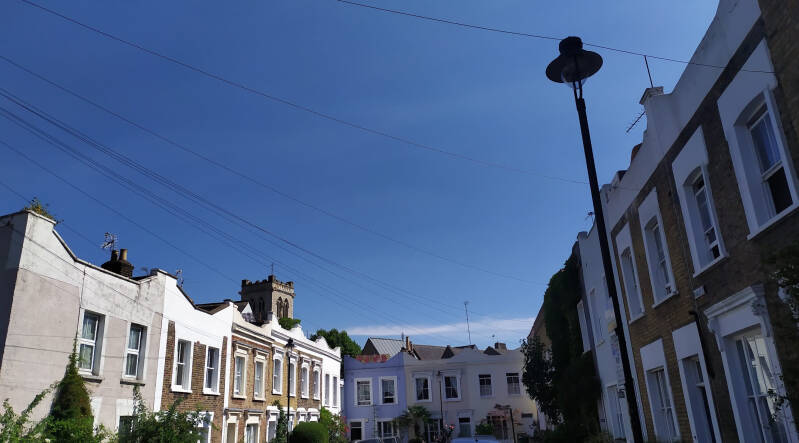
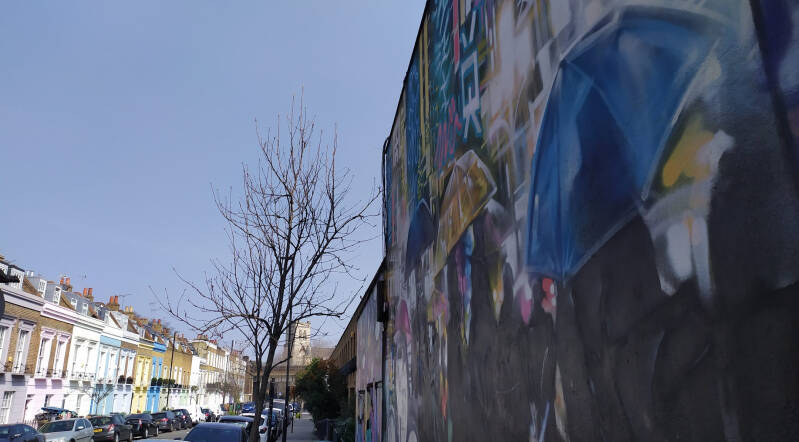
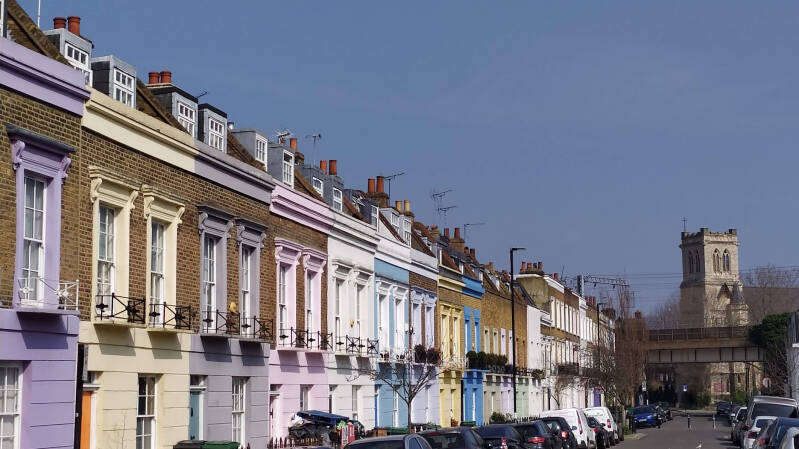
THE ROUNDHOUSE
A rare early railway engine shed, operated 1847 - 1855 and made obsolete as locomotives outgrew its turntable.
Further to the S


Jamestown Road
THE ICE WORKS
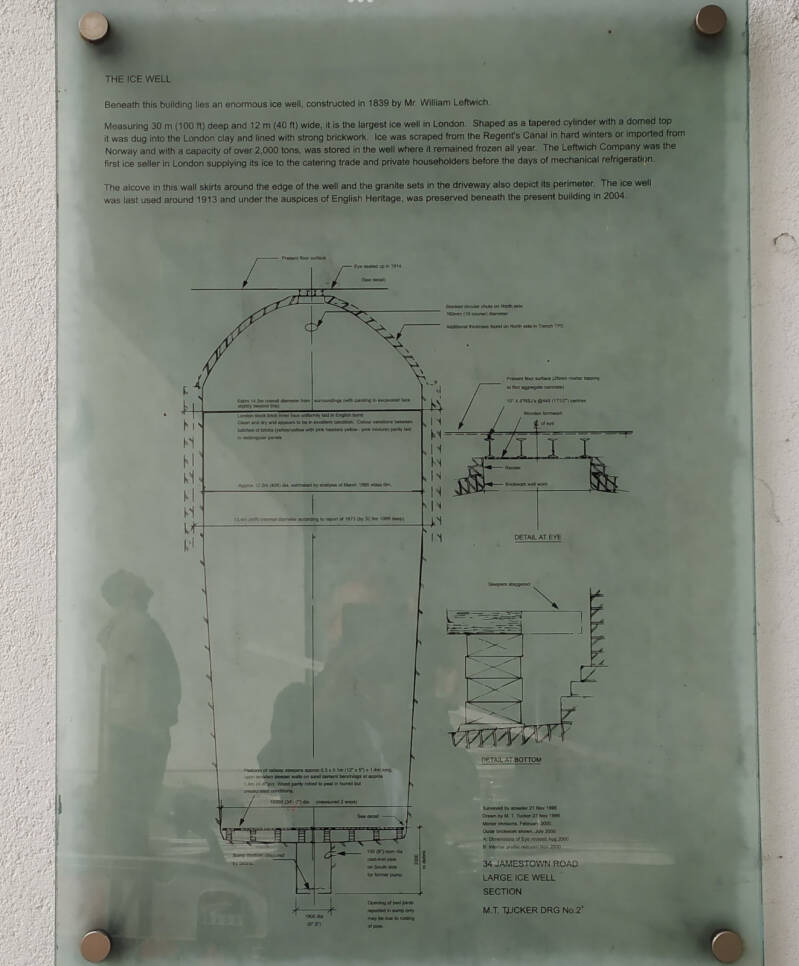
Former GILBEY’S warehouse
Gilbey’s Yard
Former GILBEY’S now ASSOCIATED PRESS

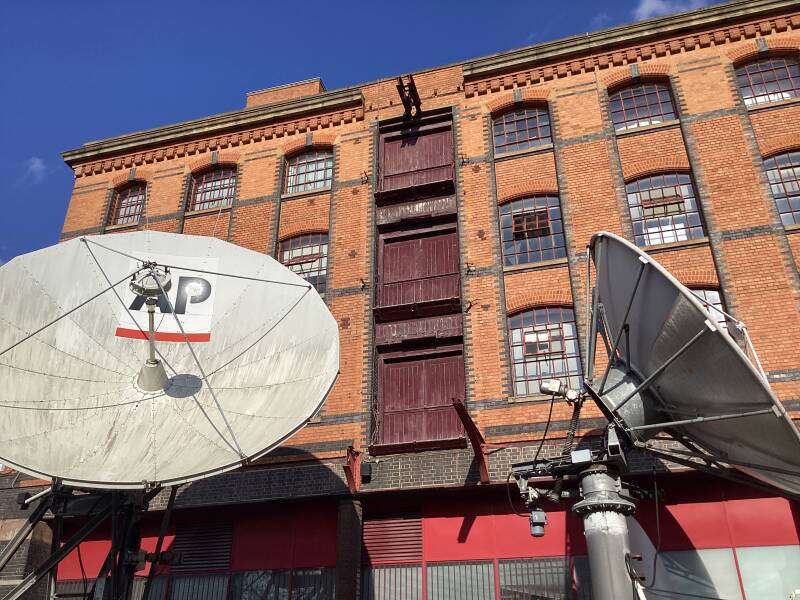
Further N.
Site of CAMDEN GOODS YARD
Oval Road
You are entering Primrose Hill Conservation Area (see later)

Former factory. PIANOS. COLLIER & COLLIER

The Goad Fire Insurance map shows that Collard & Collard had a concentration of factories at the end of Oval Road. Each part of the process had its own space - case-making, fall-making, the ‘ware room’, and ‘bellying’ (whatever they were) ‘finishing’, and others. Behind the Oval Factory, in the triangle bounded by the houses in Gloucester Crescent, Arlington Road and Jamestown Road (now occupied by the flats built by Community Housing) was a range of other buildings, each with its specialist use. Veneer store, timber stores, engineers’ shops, french polishing, fret-cutting and wood turning, glue boiling, stringing shops, key loading, where the keys were balanced with lead weights to make them return rapidly, and further rooms where a dozen other specialist skills were performed.
https://www.locallocalhistory.co.uk/ctown/p050/pages55-59.htm
Back in the 1870s, Camden was the centre of the world’s piano manufacturing business, at a time when every good home wanted to own one. The happy confluence of canal, road and rail in the area meant transportation of raw materials and bulky finished products was relatively easy, leading to over 100 piano works establishing themselves in the industrial hotspot stretching between Camden Town and Tufnell Park.
While the entire industry collapsed in the face of the gramophone, two world wars, cinema, radio and ultimately electronic keyboards, it left behind some really rather handsome factories and solid Victorian infrastructure.
Former factory
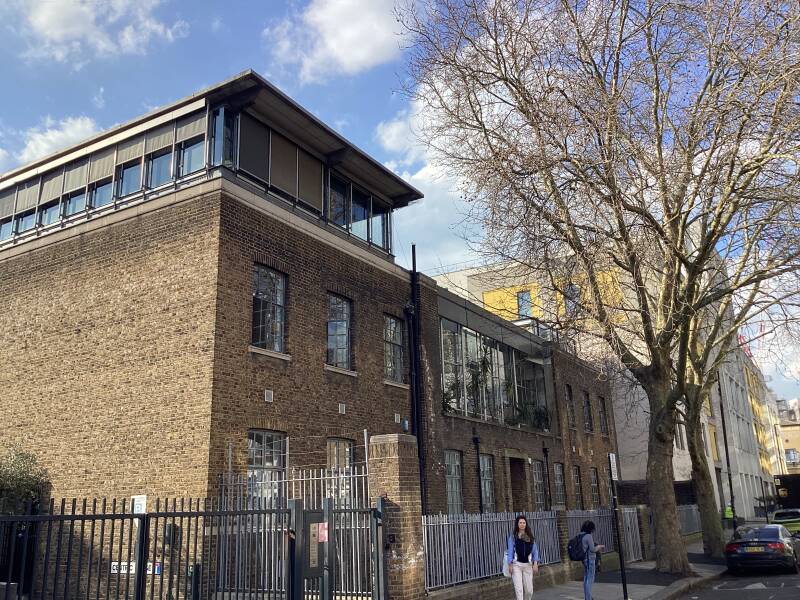
Victorian
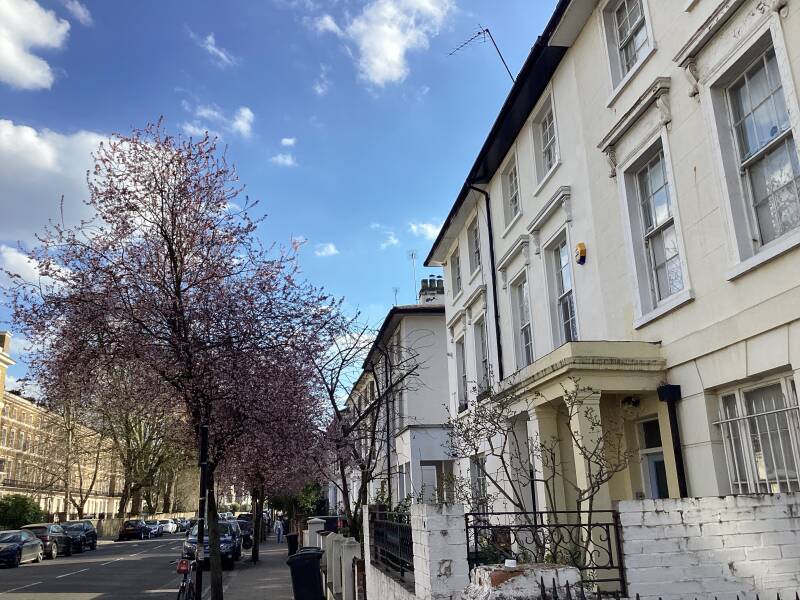
1960s
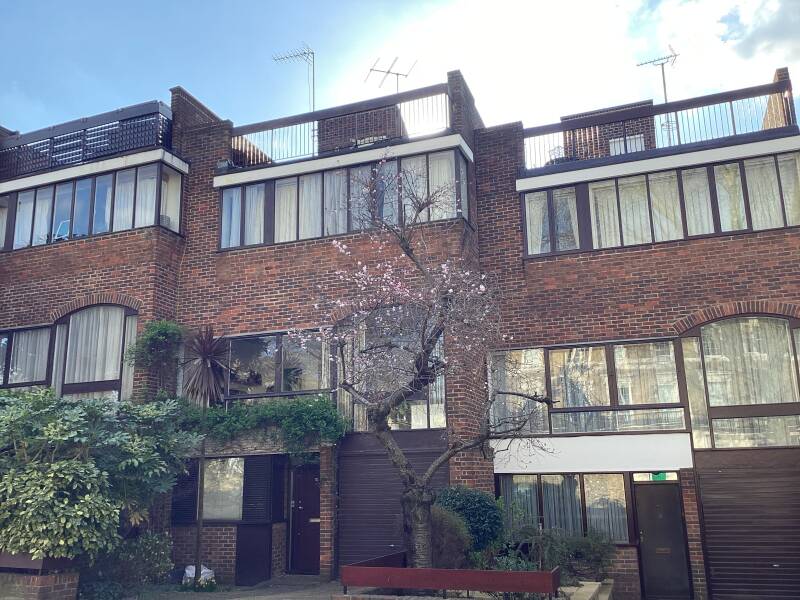

Regent’s Park Terrace
Regent's Park Terrace runs alongside Oval Road within the curve of Gloucester Crescent. It was constructed in the 1840s. Notable nineteenth century residents include the artist Samuel Cousins and the Hungarian leader Louis Kossuth.[6] The documentary filmmaker Humphrey Jennings lived there from 1944 and is now commemorated by a blue plaque.[7]Numbers 1-22 are all Grade II listed

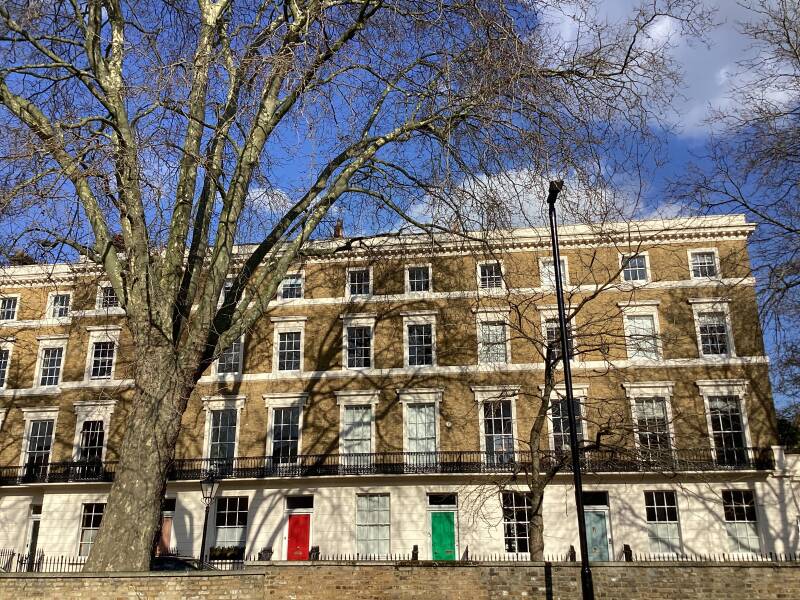
Gloucester Avenue

Nearby, PARKWAY

Shops and eateries
DUBLIN CASTLE P.H.

Nearby, Regent’s Park Rd., an alternative route to PRIMROSE HILL

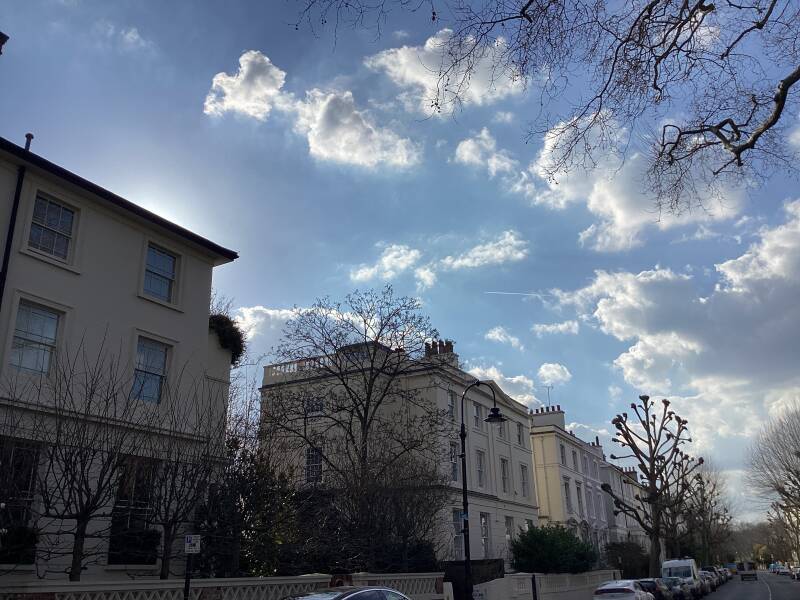

CECIL SHARP HOUSE

The English Folk Dance and Song Society (EFDSS, or pronounced 'EFF-diss ) is an organisation that promotes English folk music and folk dance. EFDSS was formed in 1932 when two organisations merged: the Folk-Song Society and the English Folk Dance Society. The EFDSS, a member-based organisation, was incorporated in 1935 and became a registered charity in 1963.
St.Marks’s Cr.
COLWYN IESTYN JOHN PHILIPS, LORD ST.DAVIDS (1939-2009) lived here
Member of the WELSH ASSEMBLY ADVISORY GROUP, draughtsman of devolution.
He set up, as well, the PIRATE CLUB, water sport, on the canal, in 1966.
Former stables, first used by CALVERT’s brewery, then by the railways, and Victorian housing and the “BT TOWER”

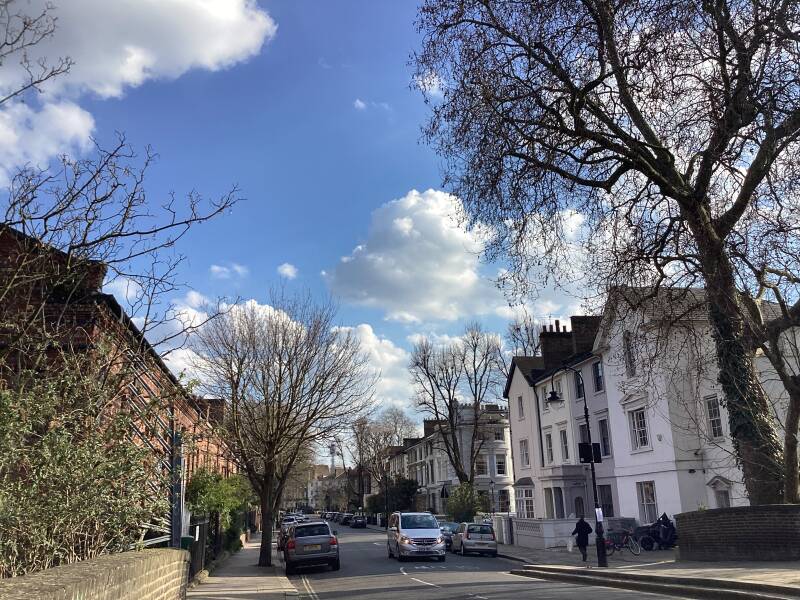
Gloucester Avenue in London was the location of stables built by the LNWR for Allsopp's in 1876, specifically at what is now 42 Gloucester Avenue. These stables were connected to the goods yard via the Western Horse Tunnel. The site also housed an accumulator tower, part of the LNWR's hydraulic system, which is now repurposed as a staircase and lift-shaft for an adjacent apartment block. The Western Horse Tunnel was preserved and repurposed as a seating area in a restaurant. Allsopp's, a Burton-on-Trent brewery, used these stables for their horses at the Camden Goods Depot.
A passage under the road communicated stables with brewery buildings. Another passage under the railway leads to a goods shed used as a warehouse by GILBEY’S. The stables housed in later years LONDON FILM-MAKERS CO-OP and LONDON MUSICIAN COLLECTIVE
Archway: old sign “railway washing plant”?
FITZROY. BRIDGE over the REGENT’S CANAL
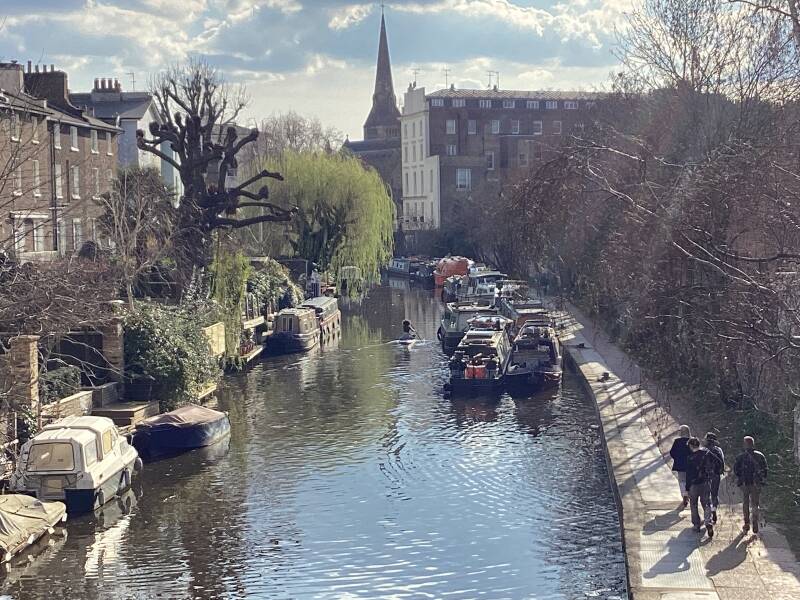

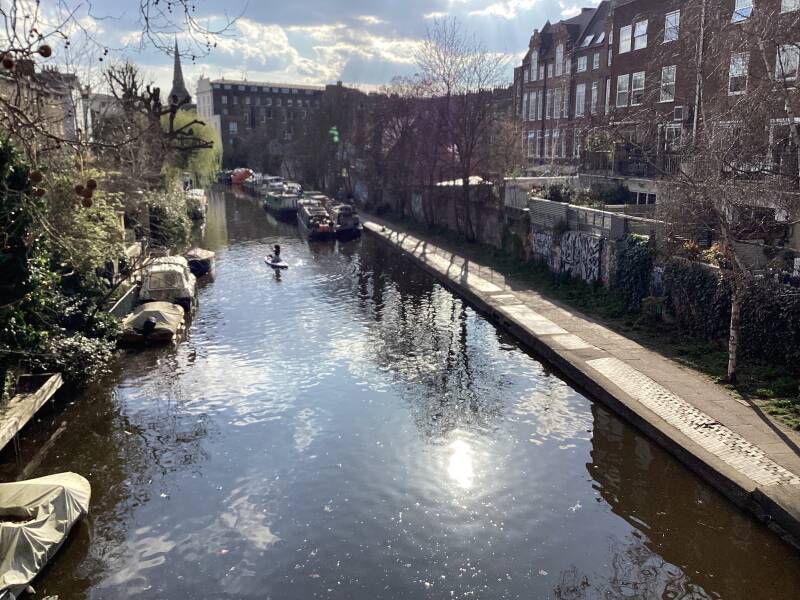
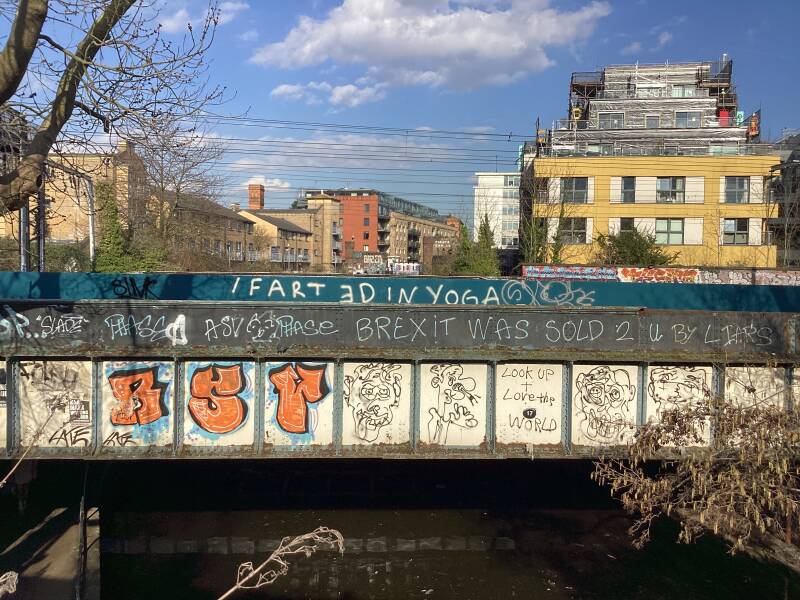
Charles FITZROY, Lord Southampton

Next chapter: PRIMROSE HILL
Are you enjoying this guide?



